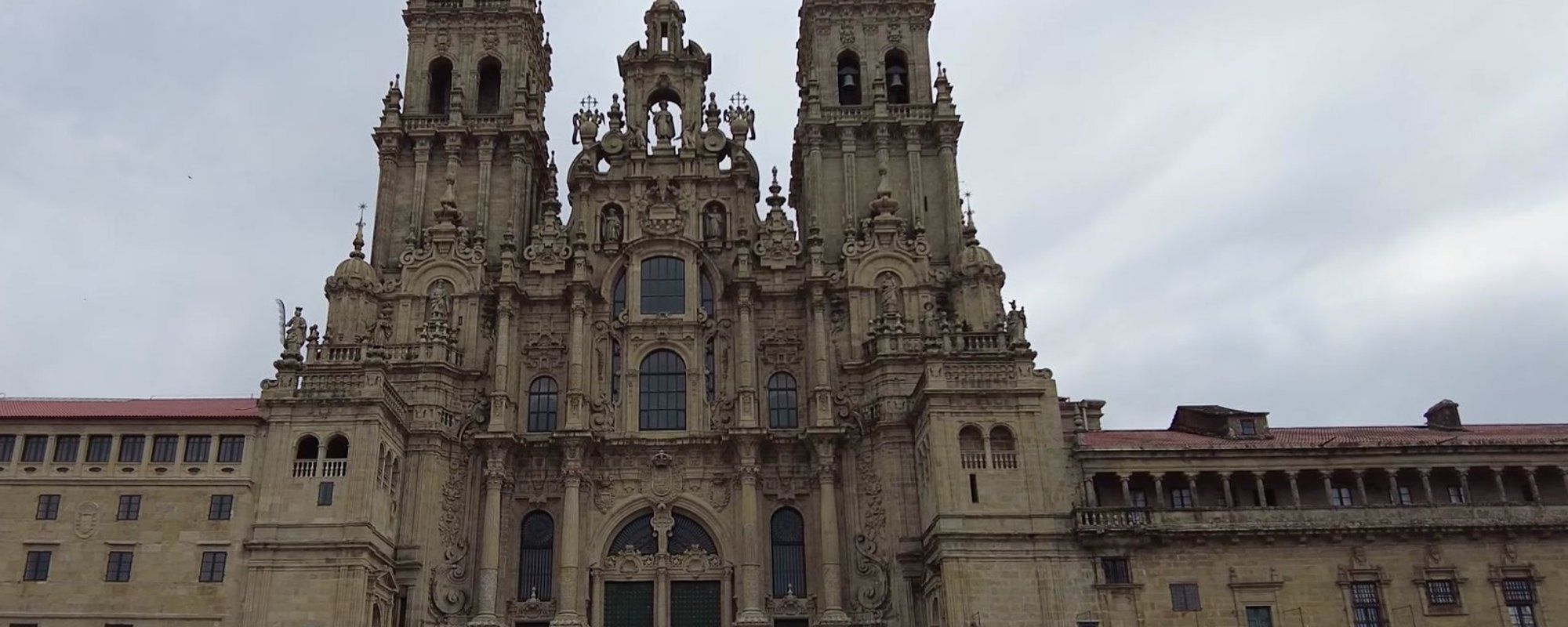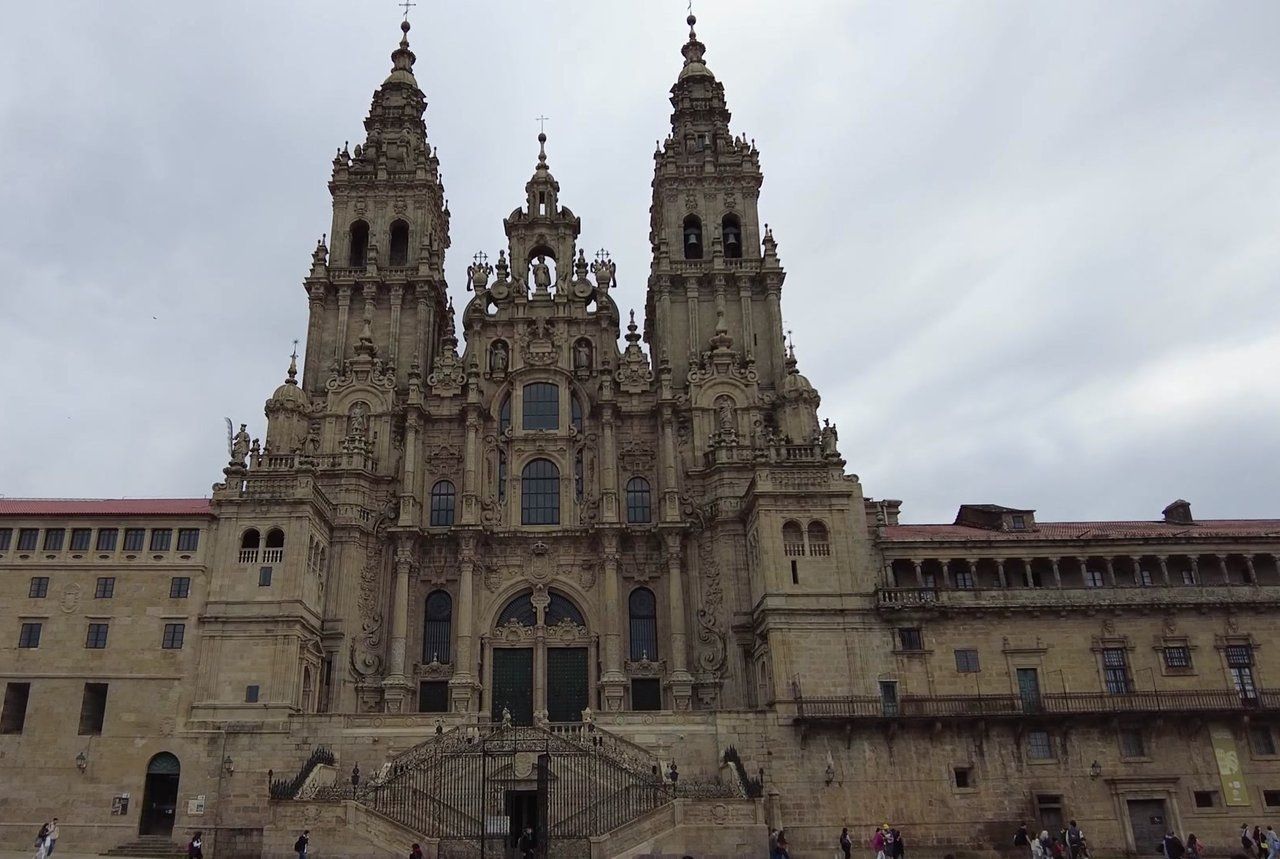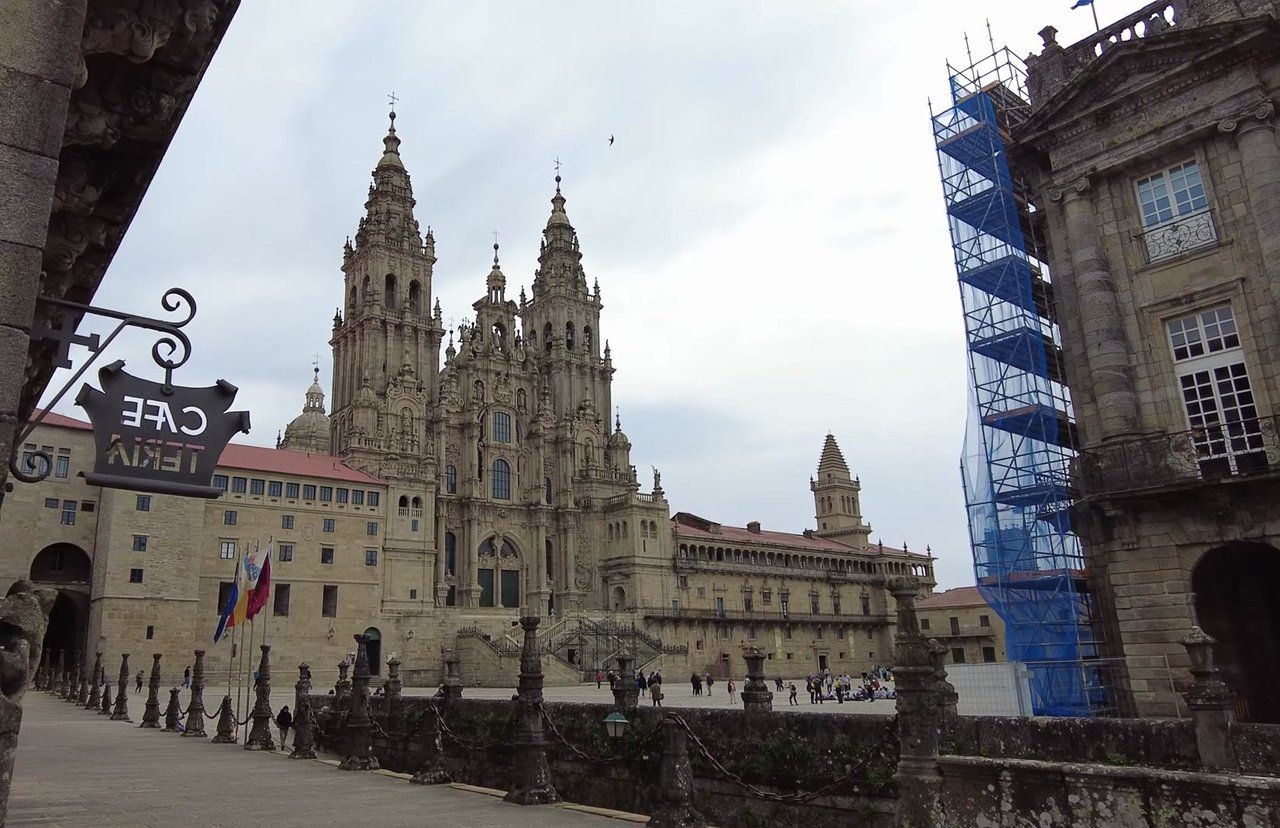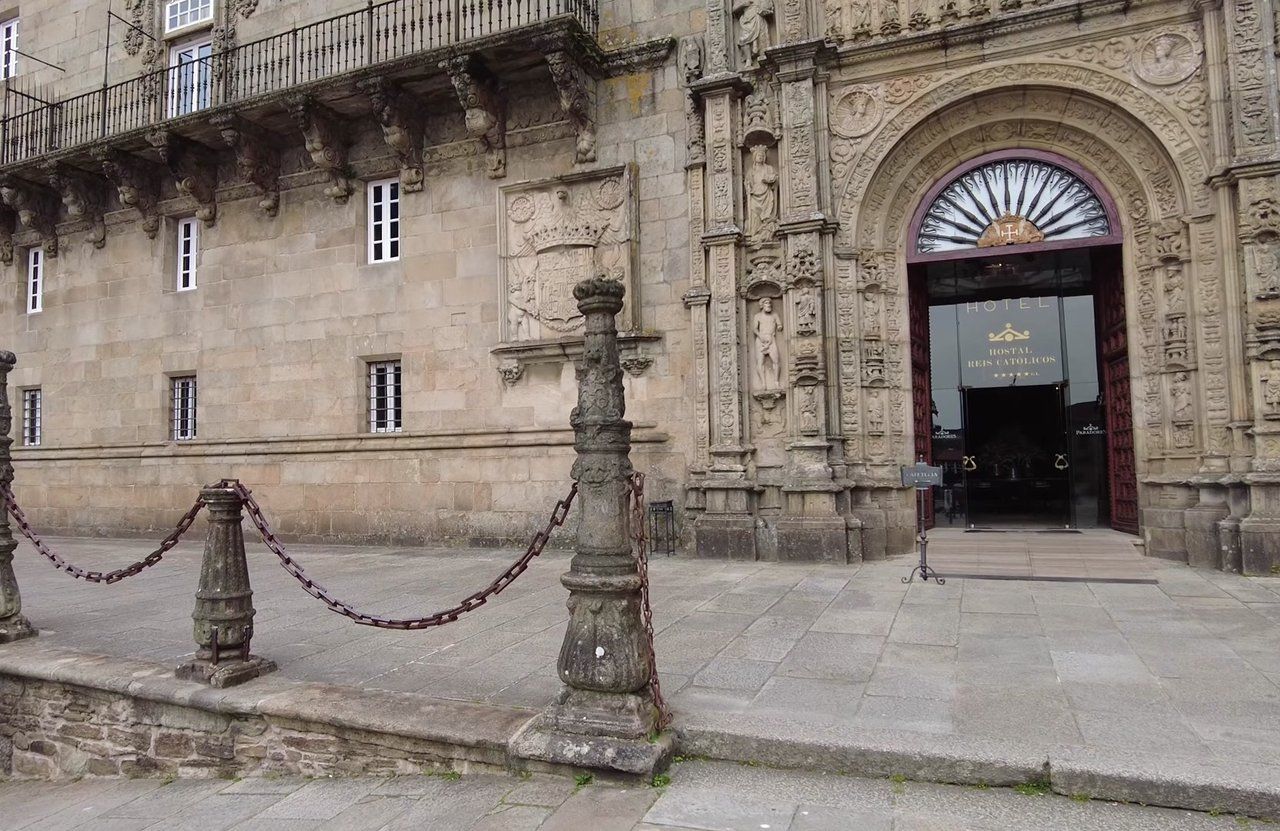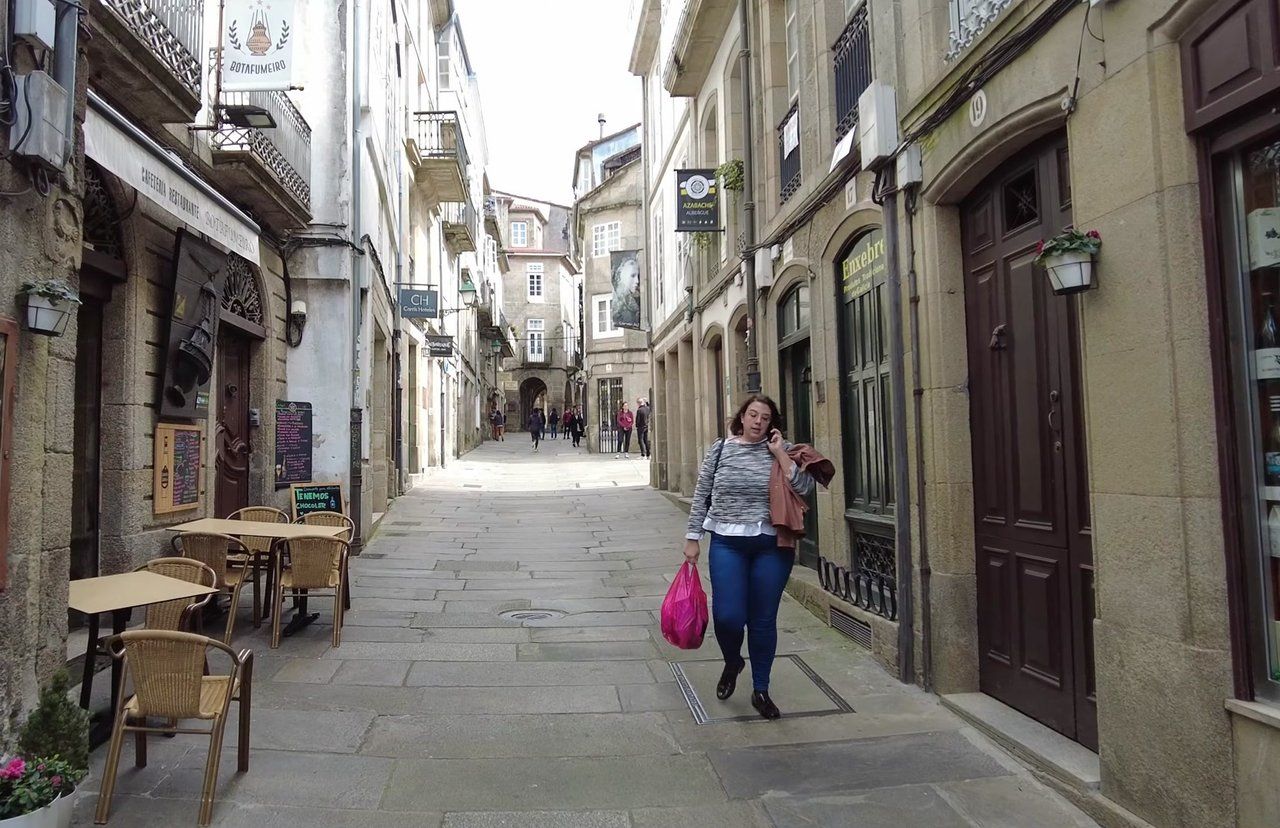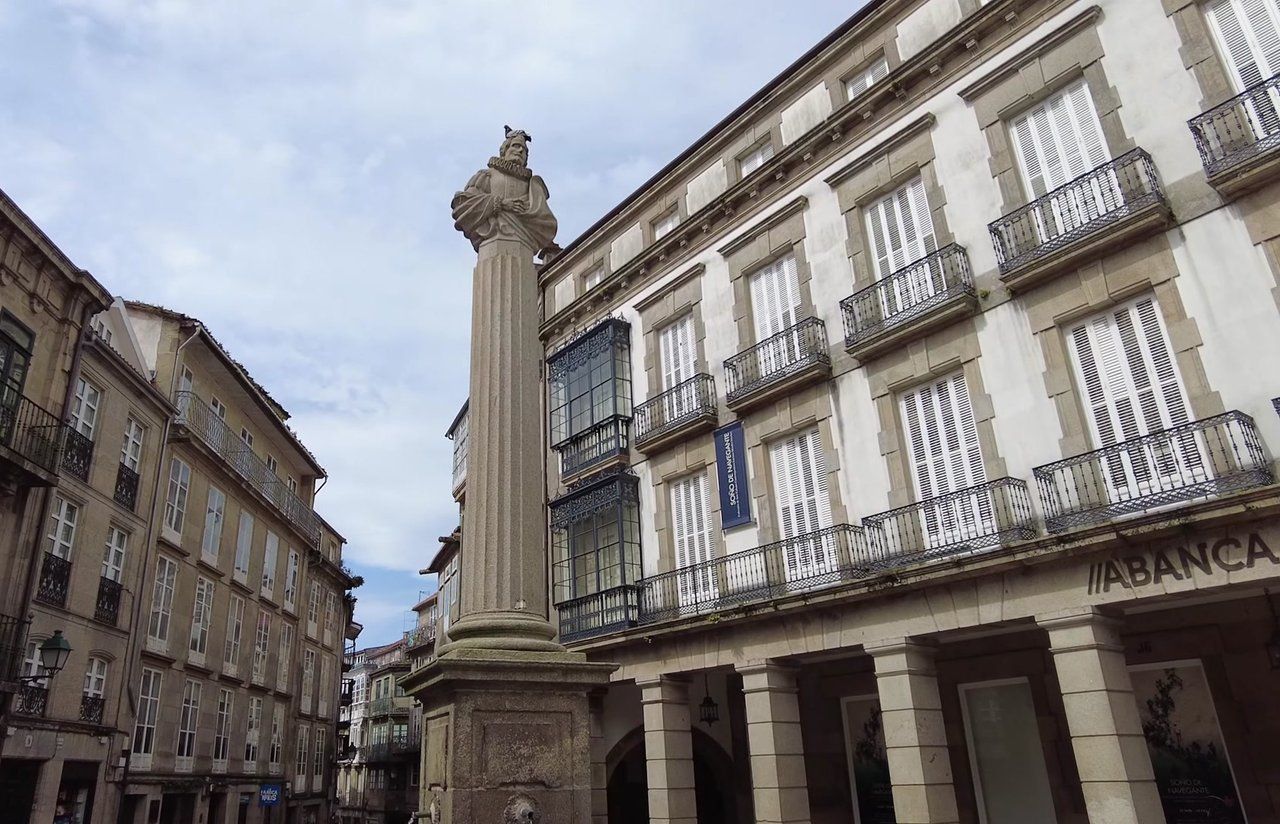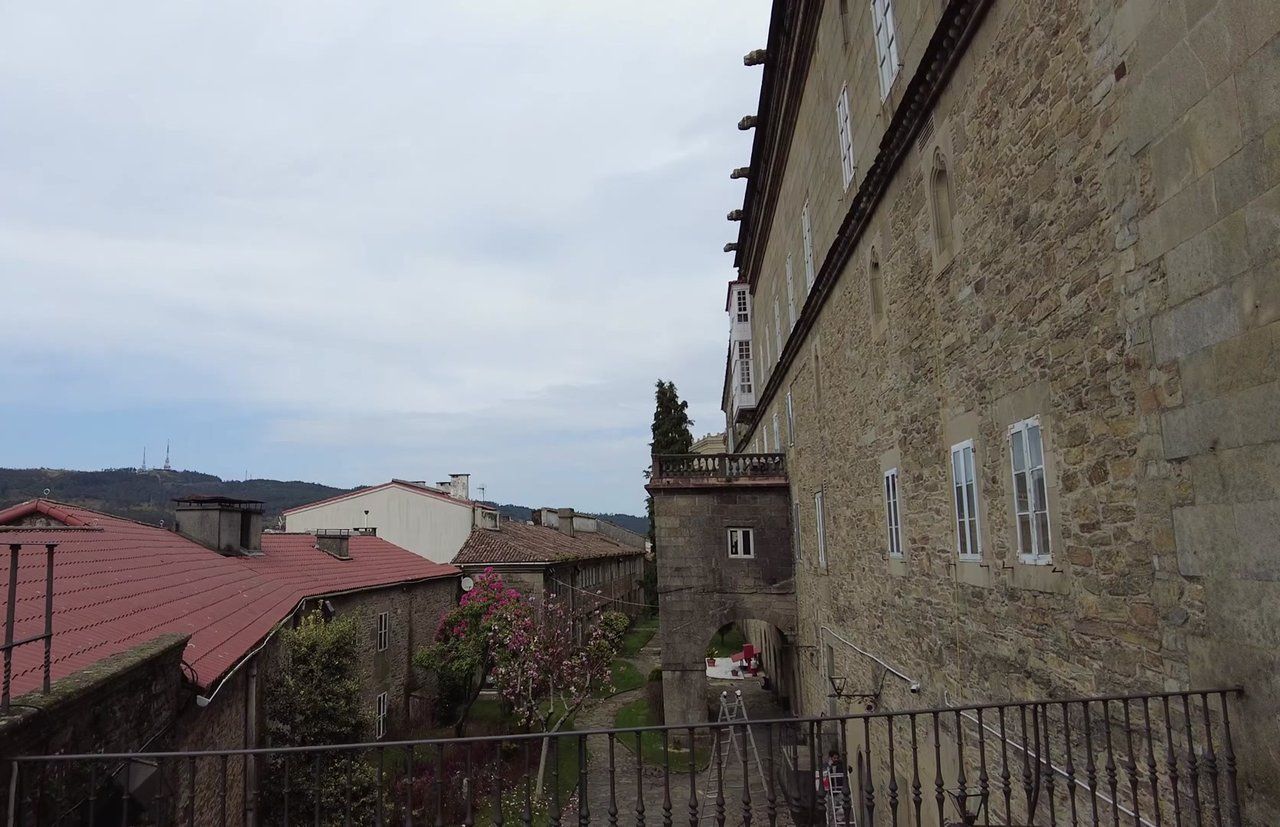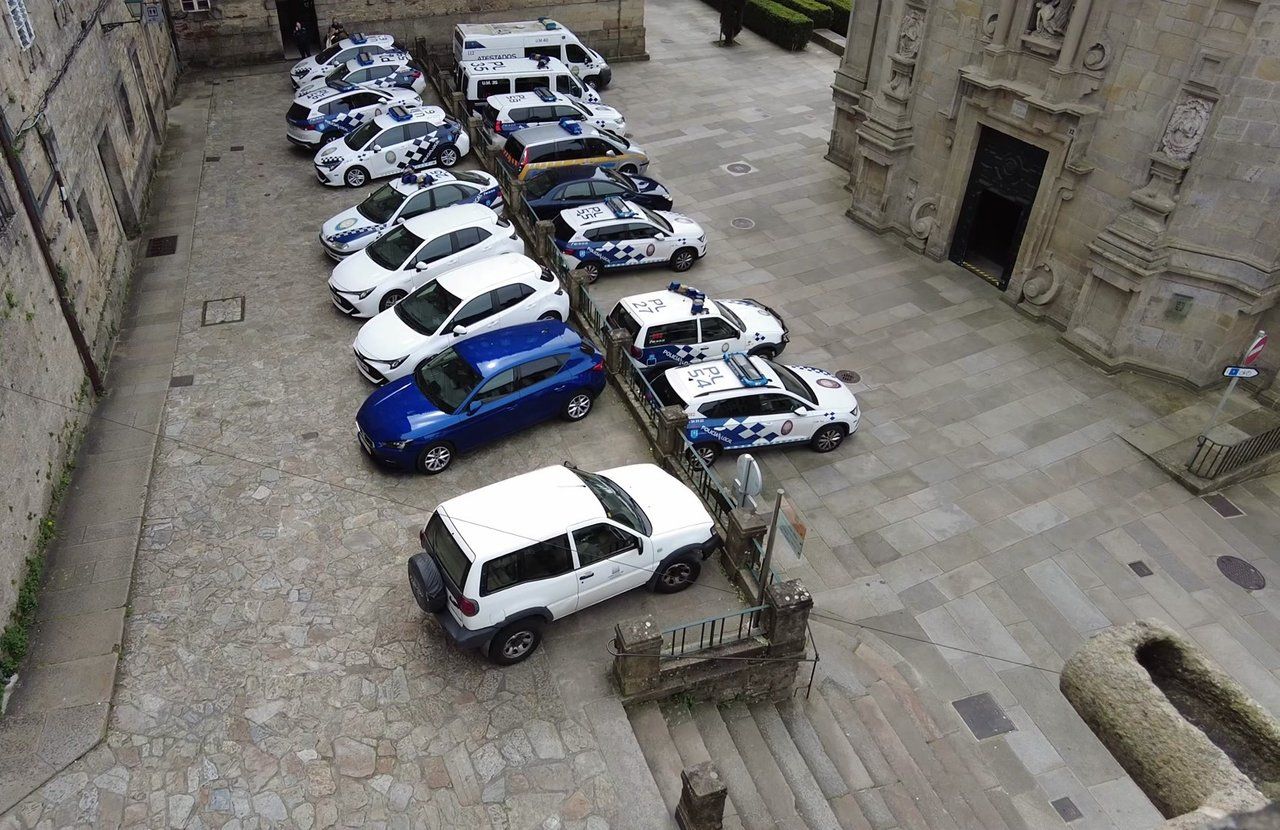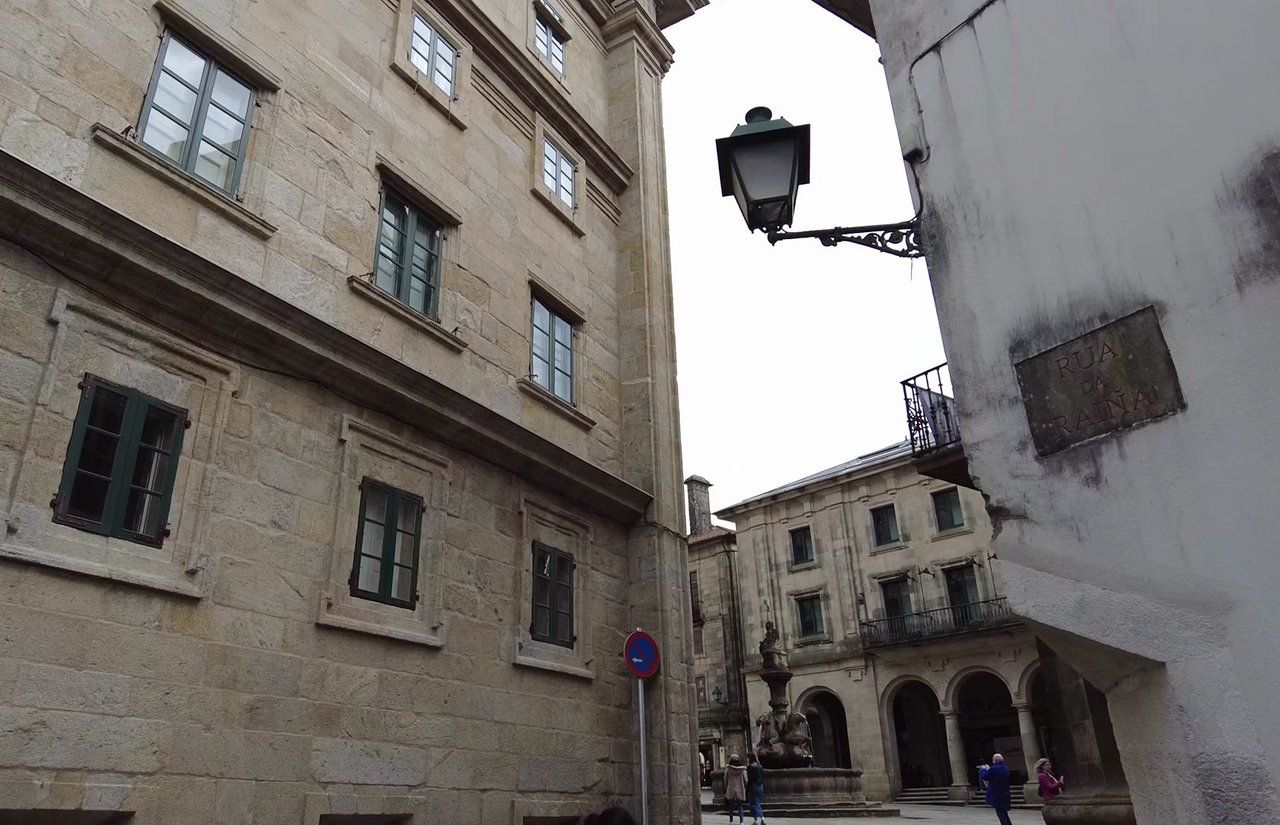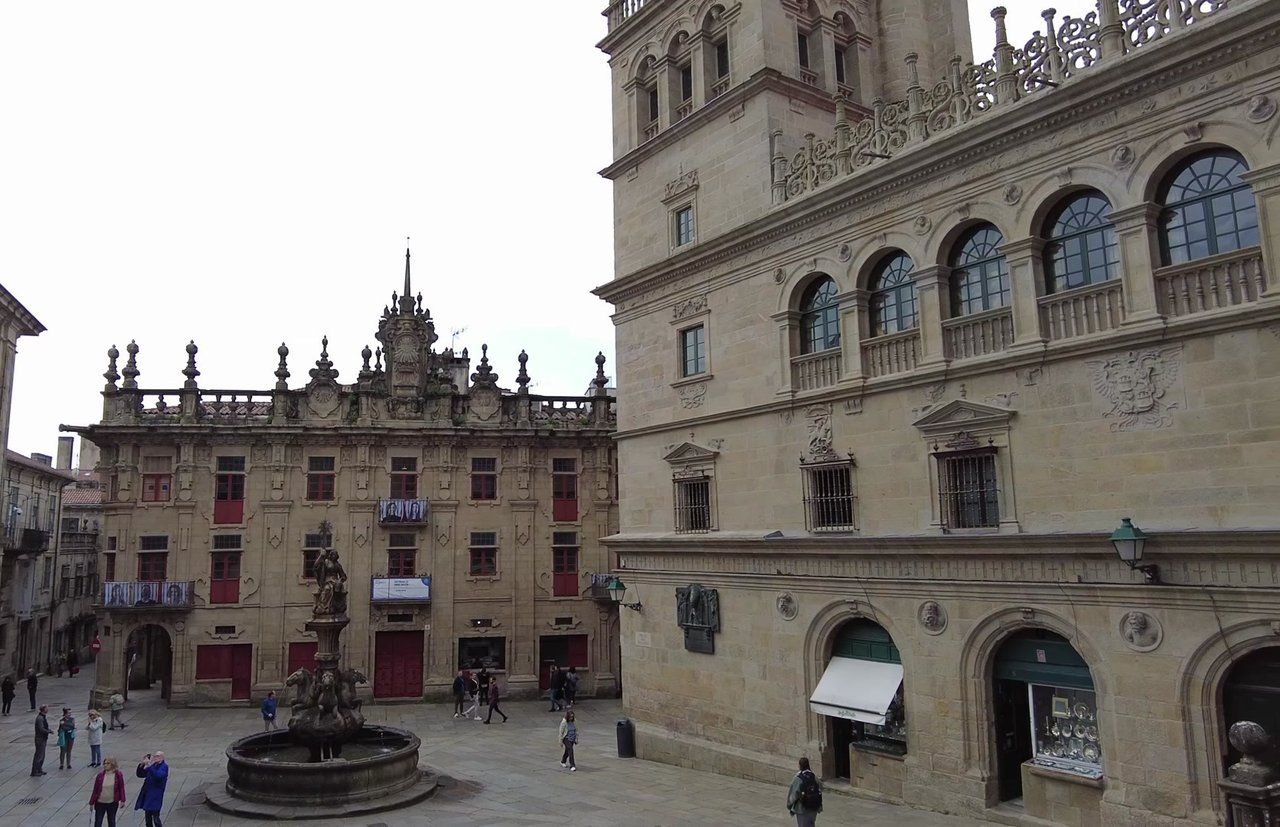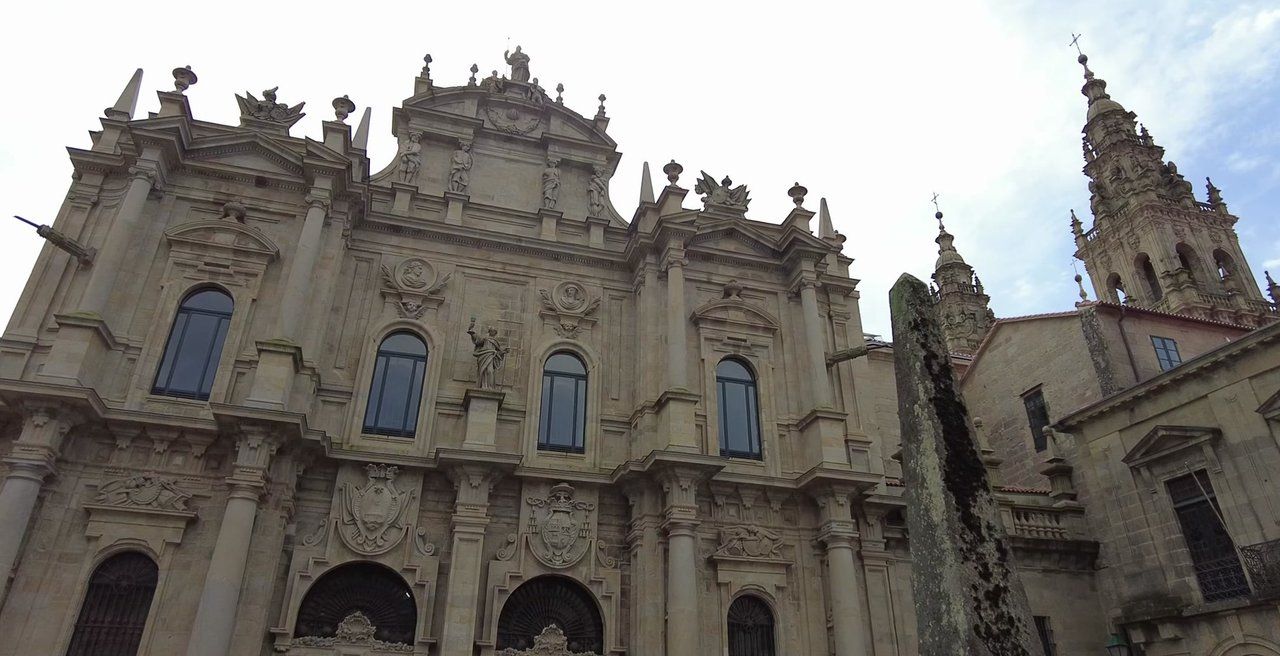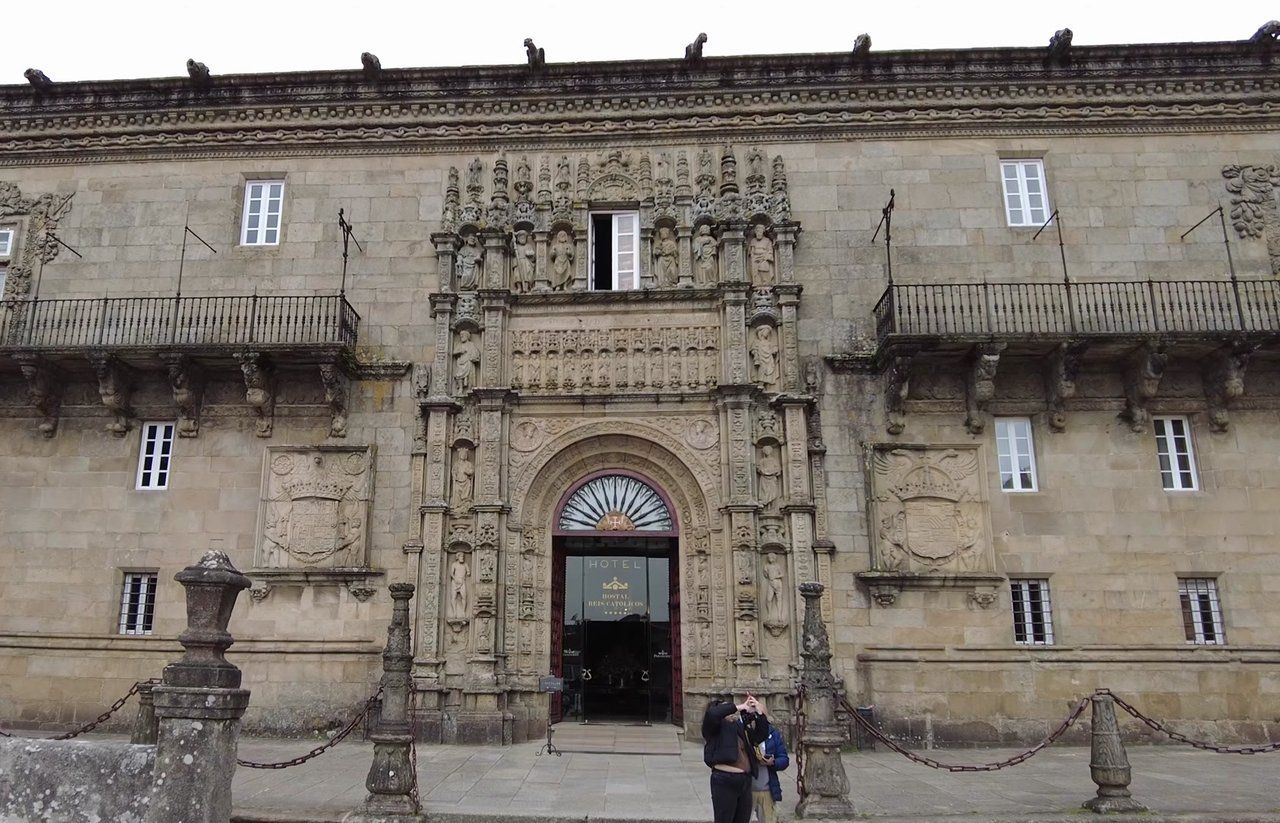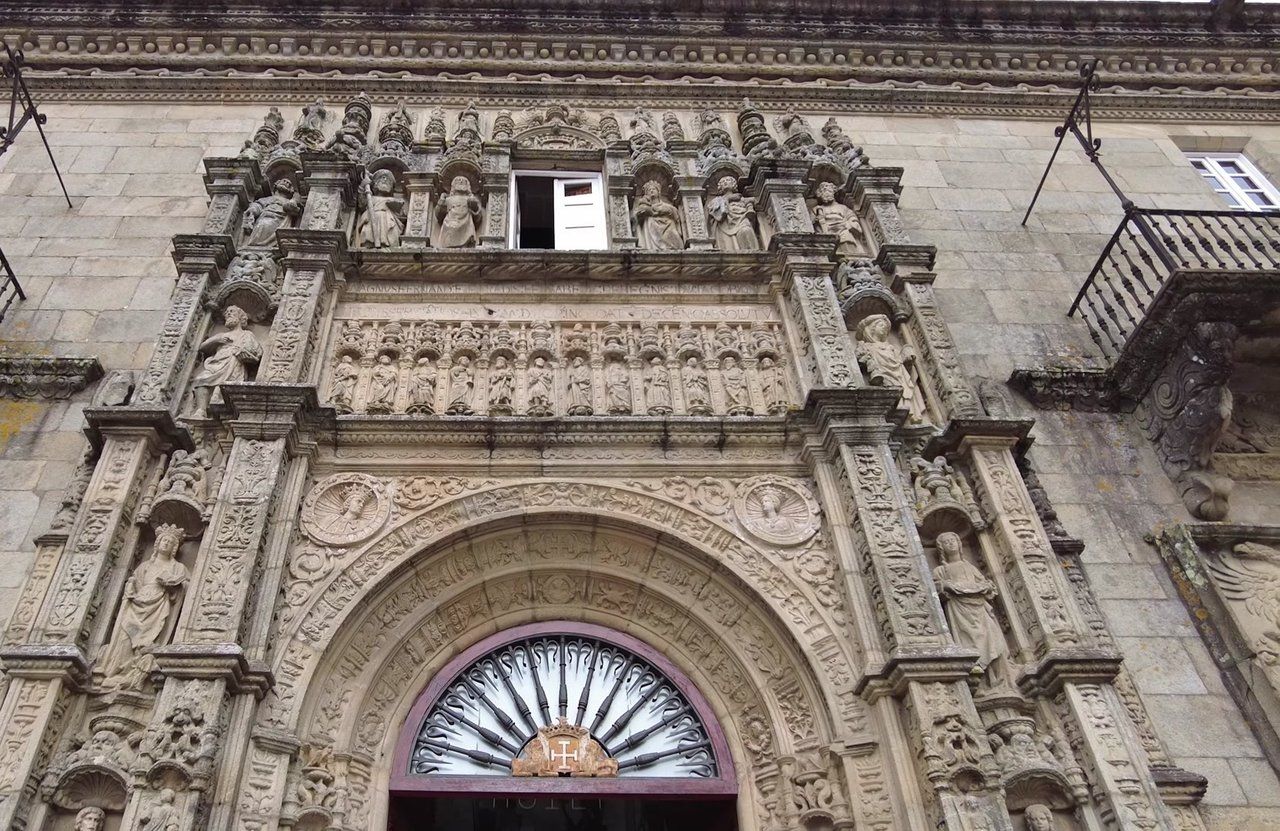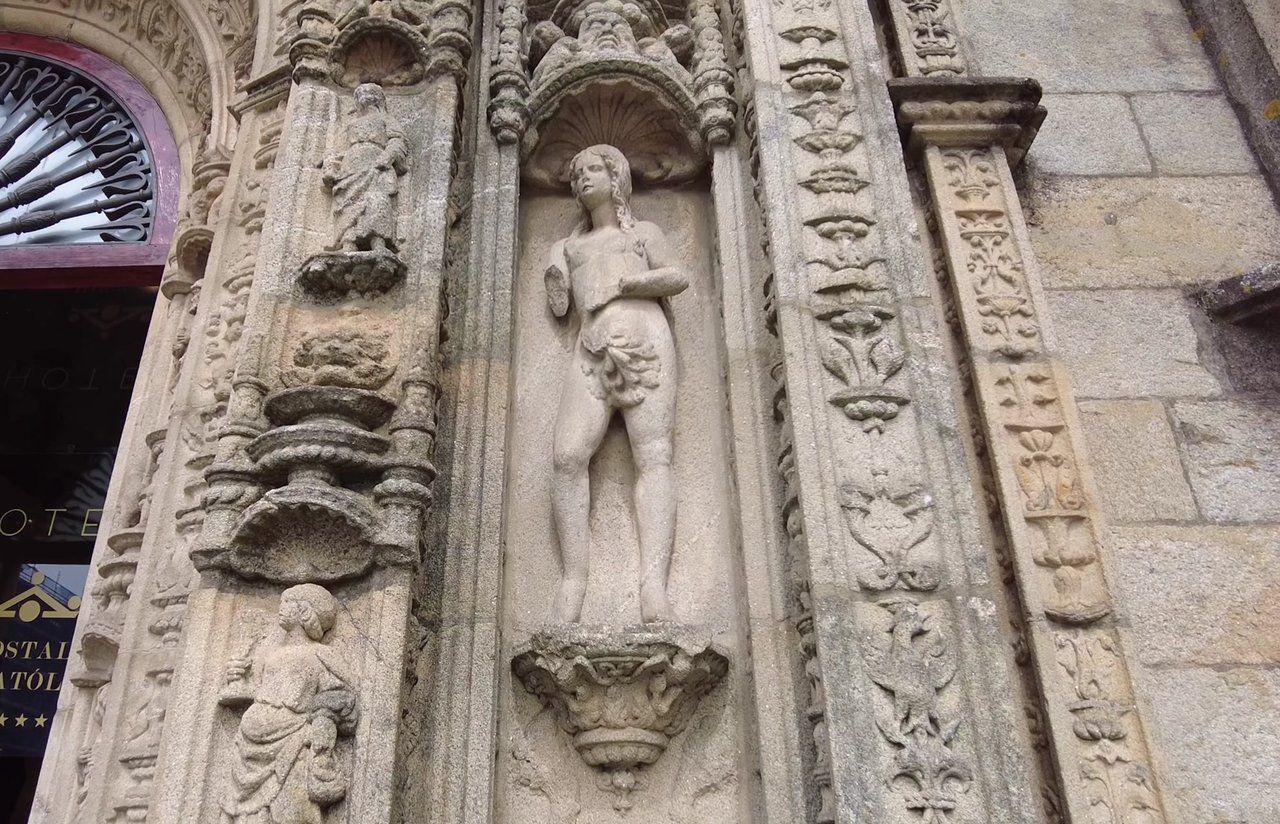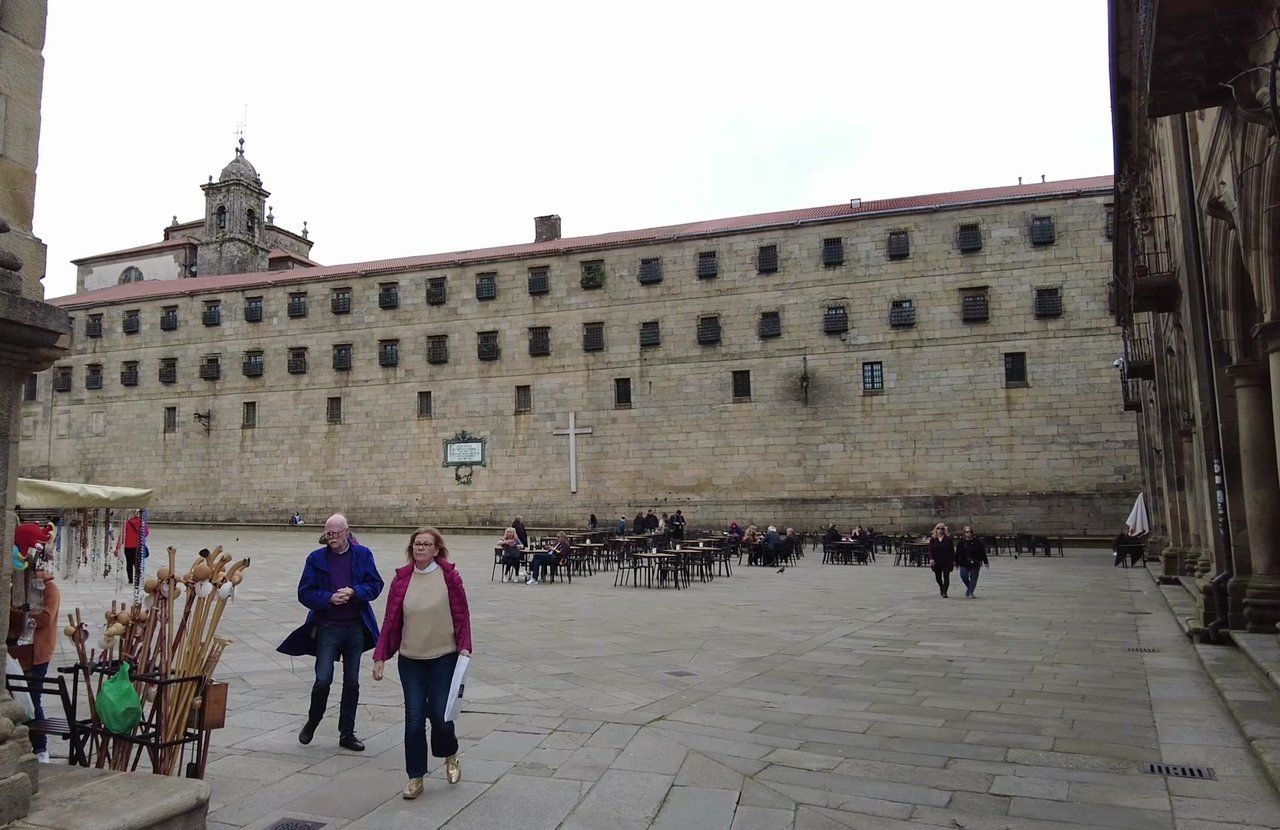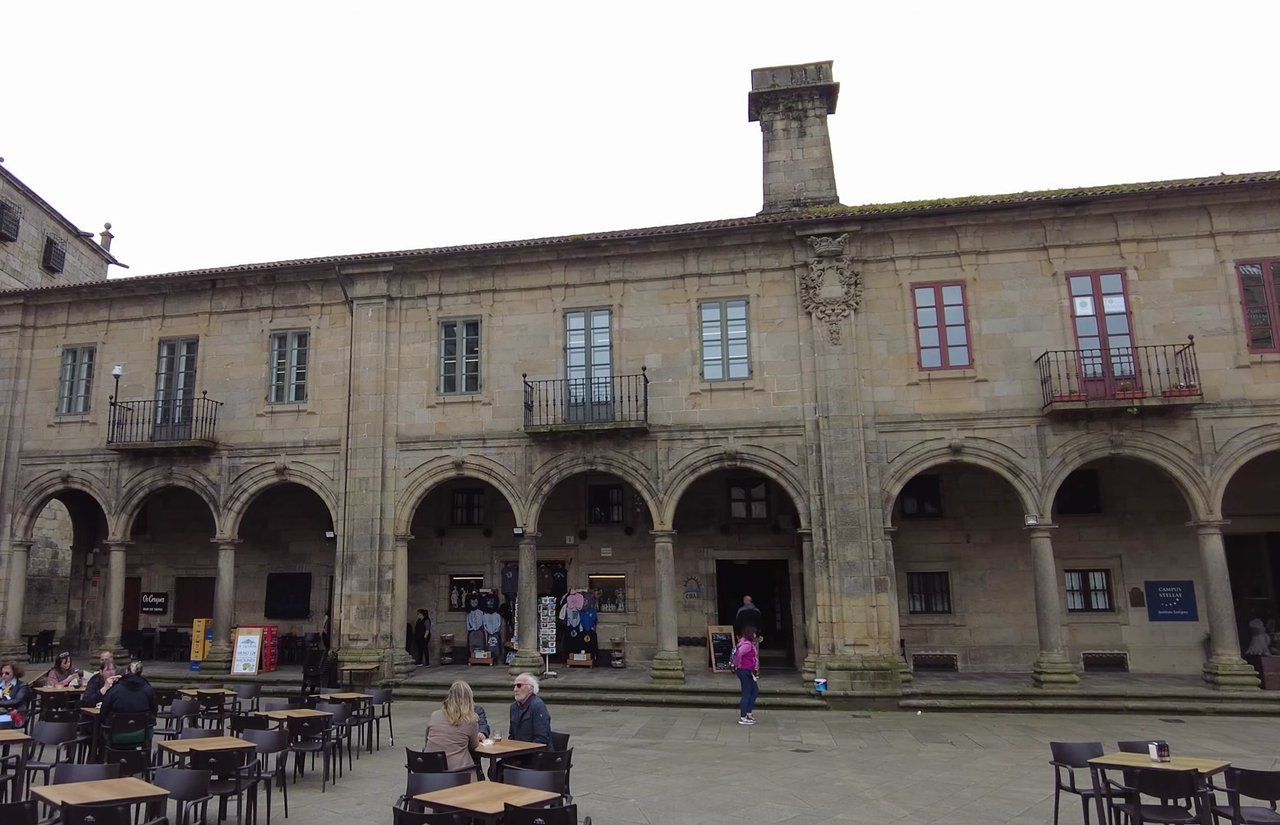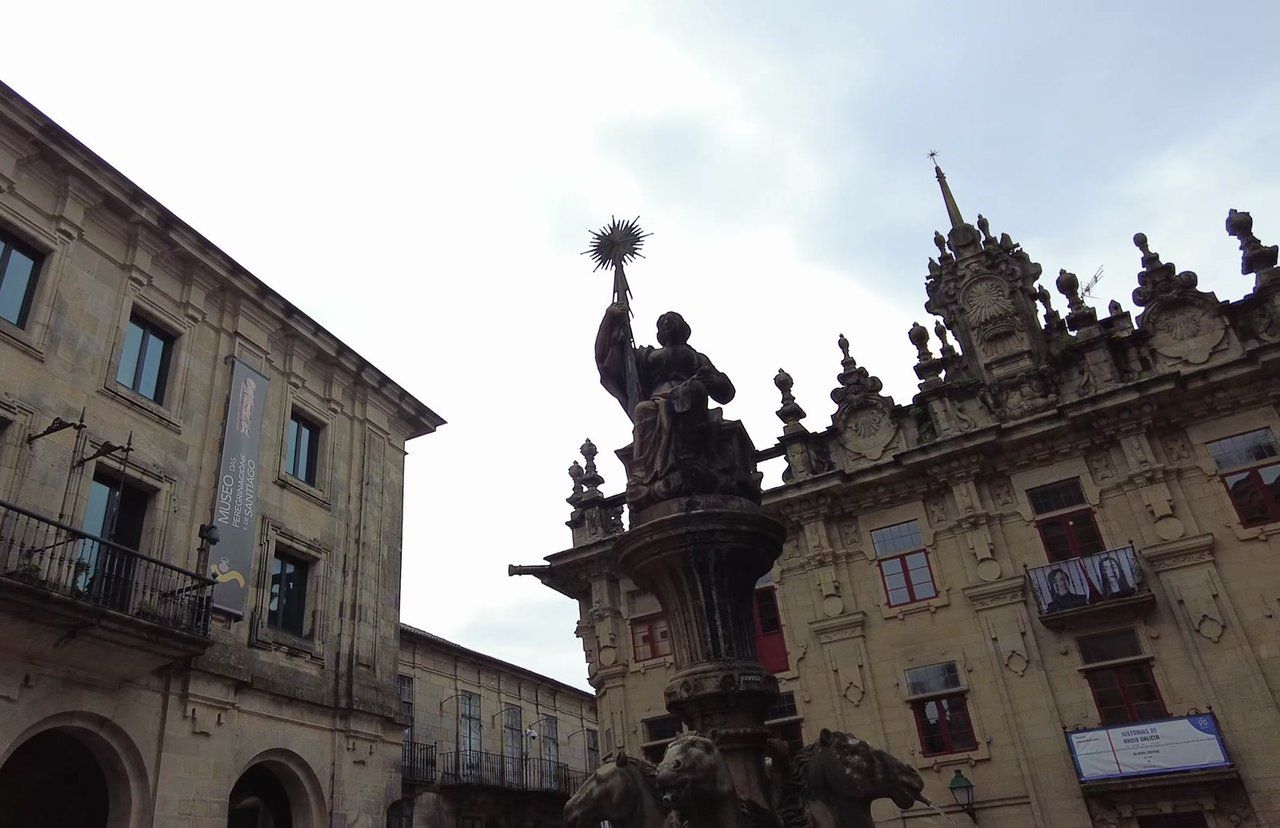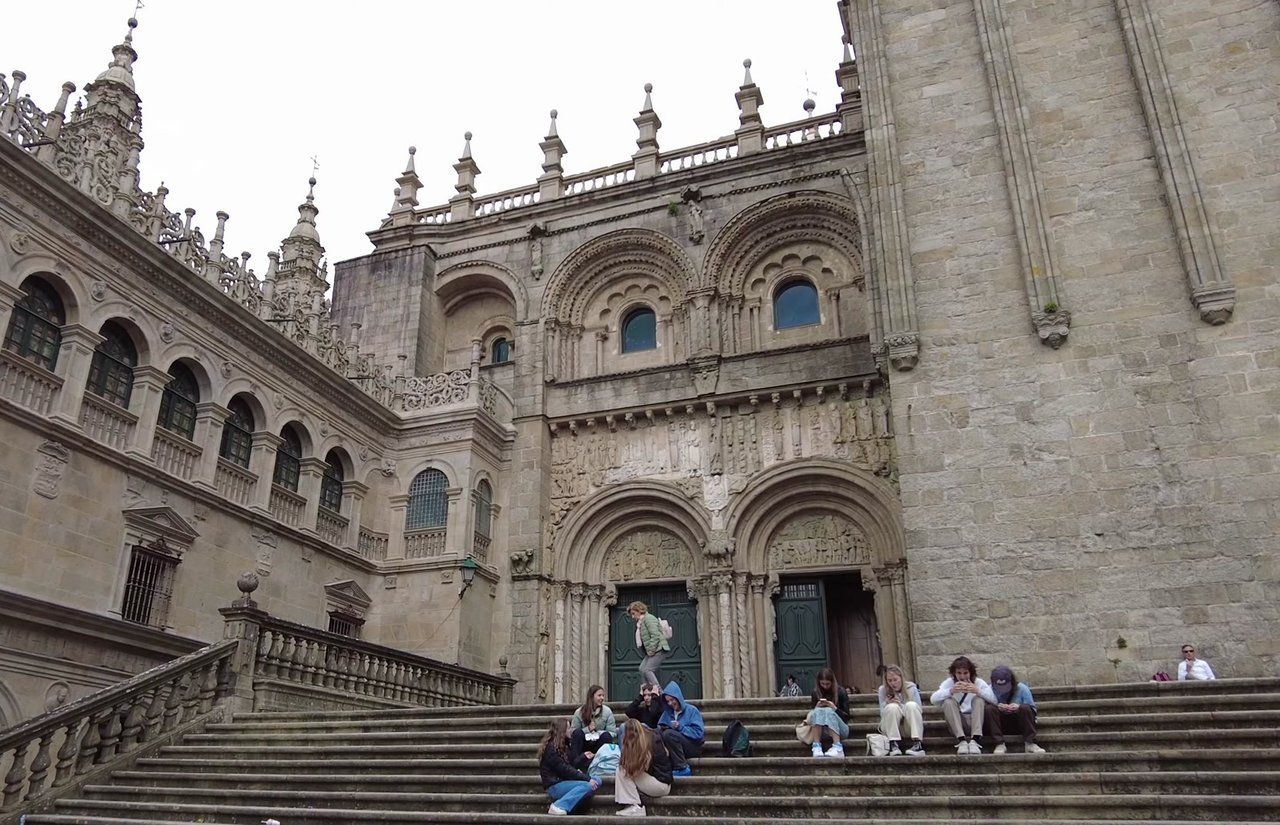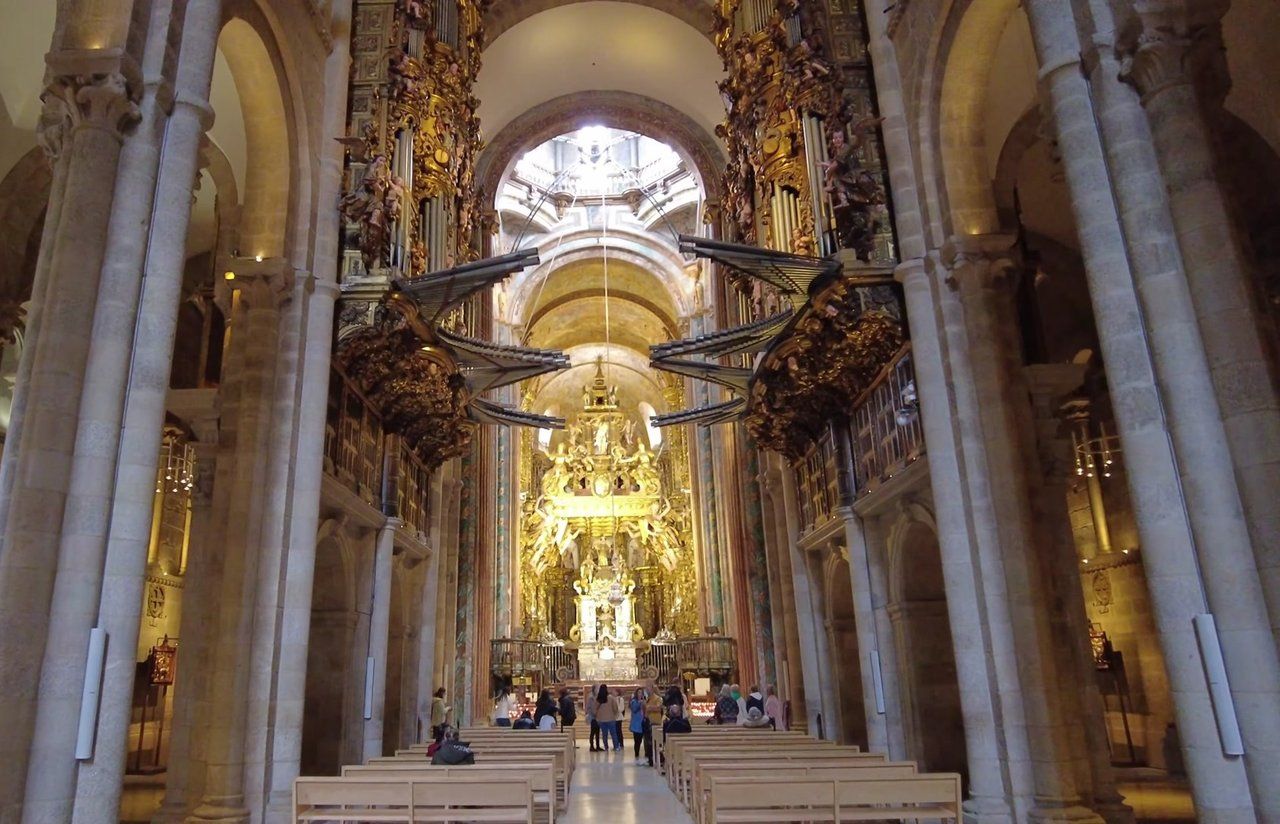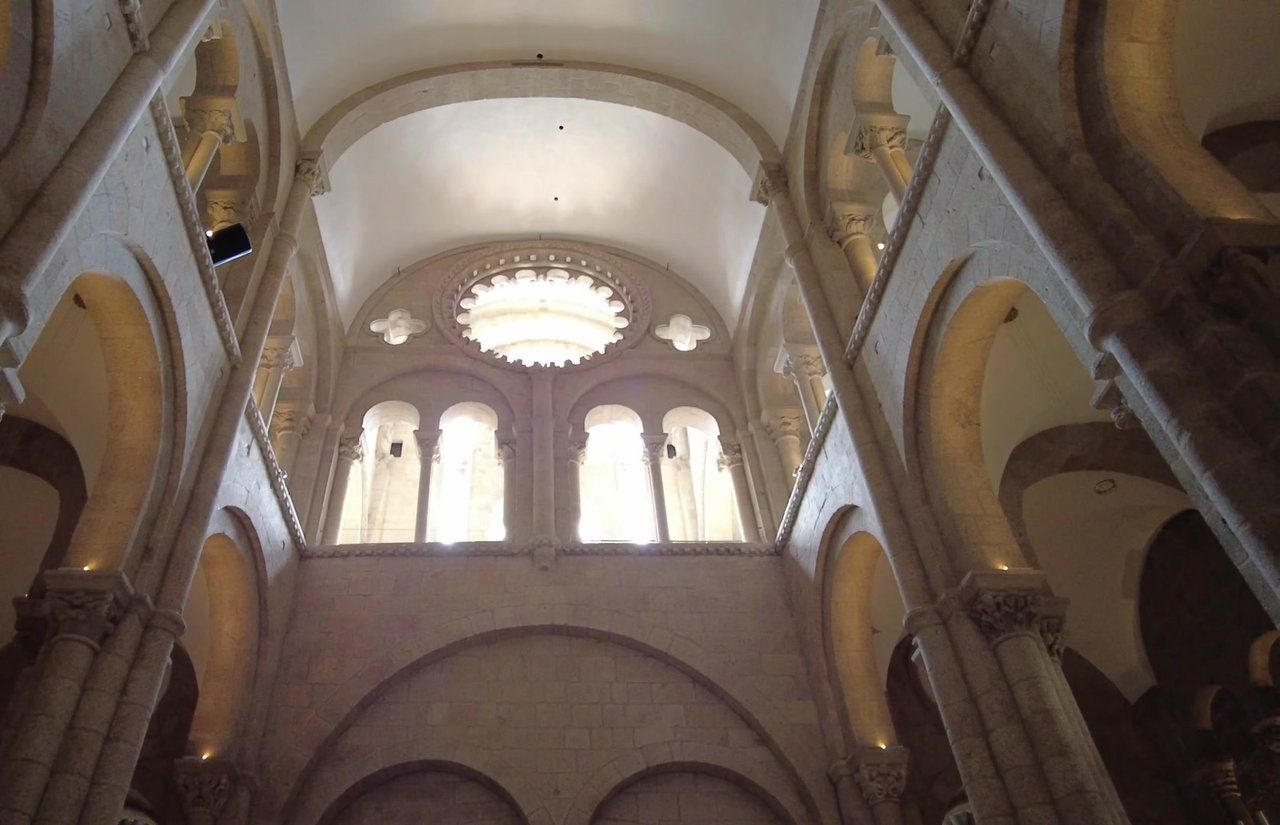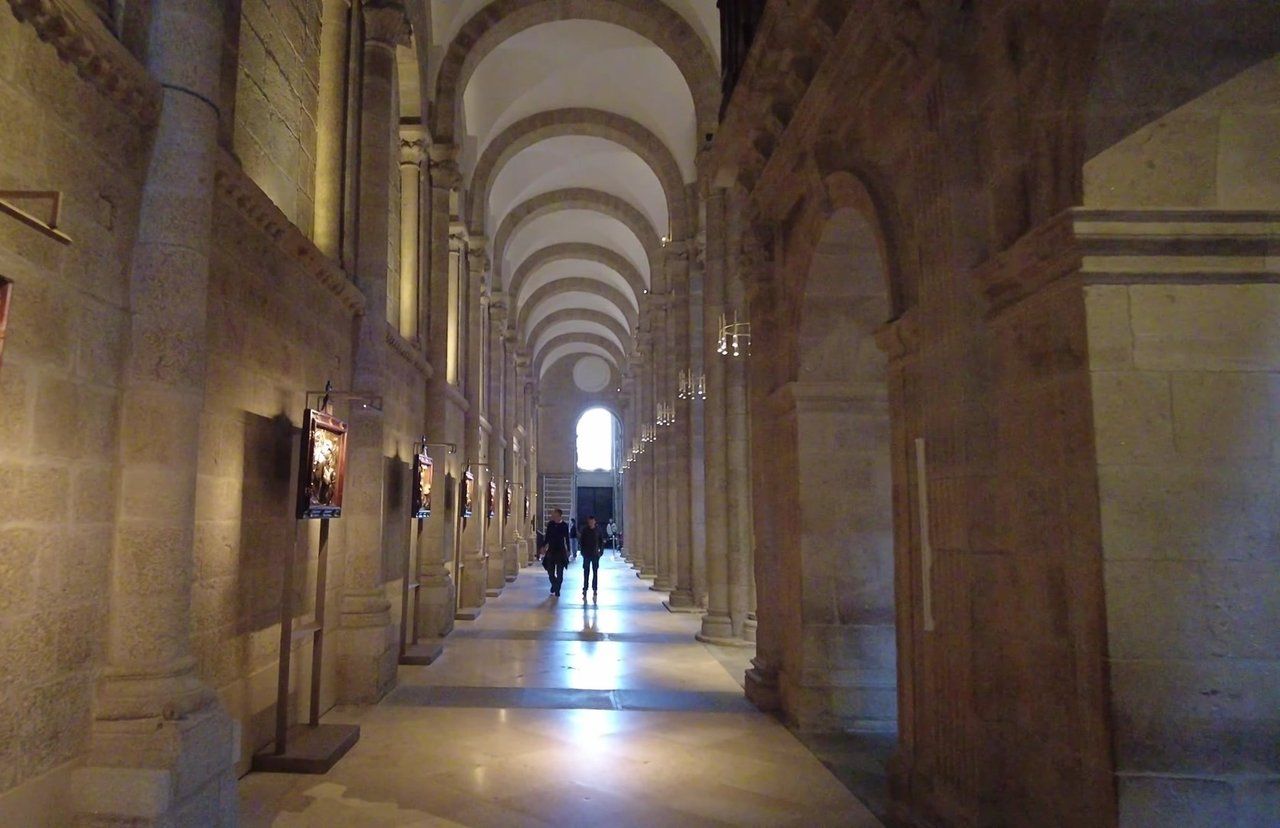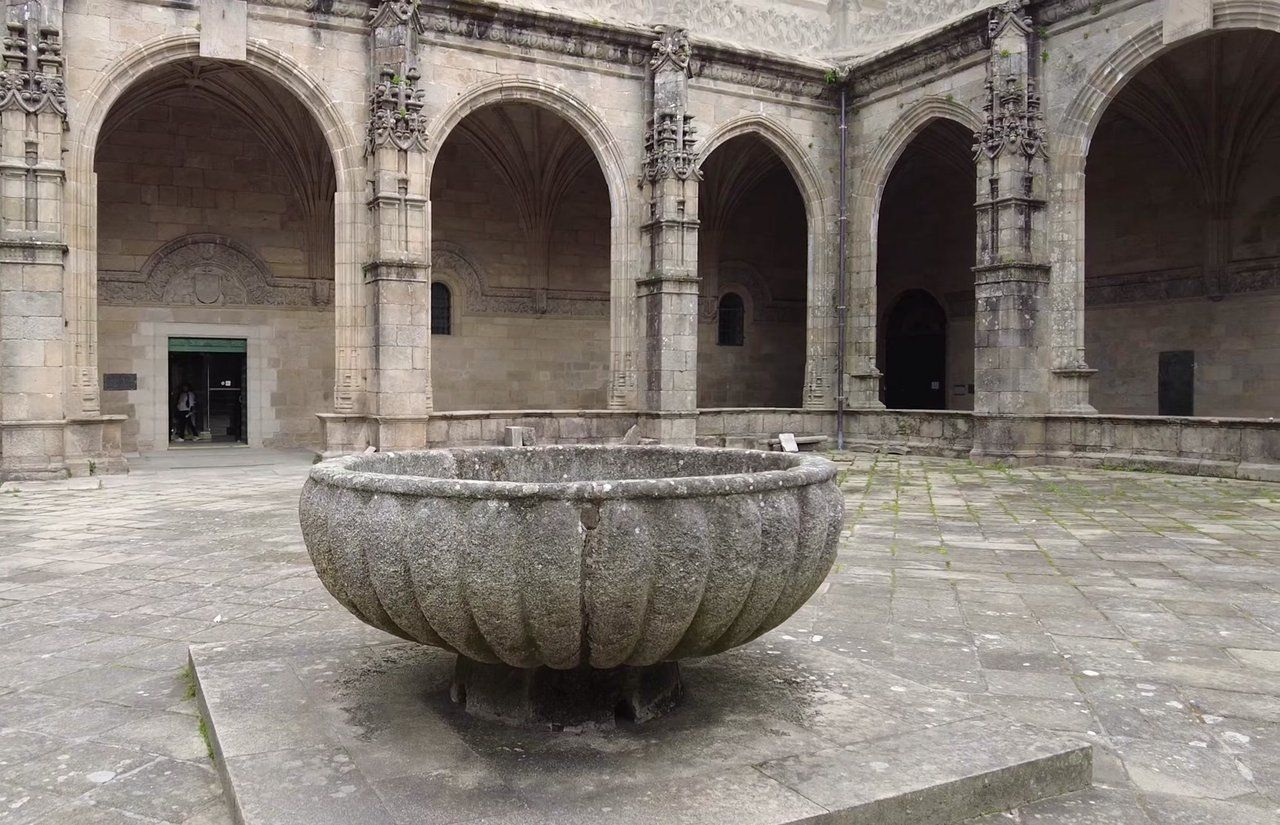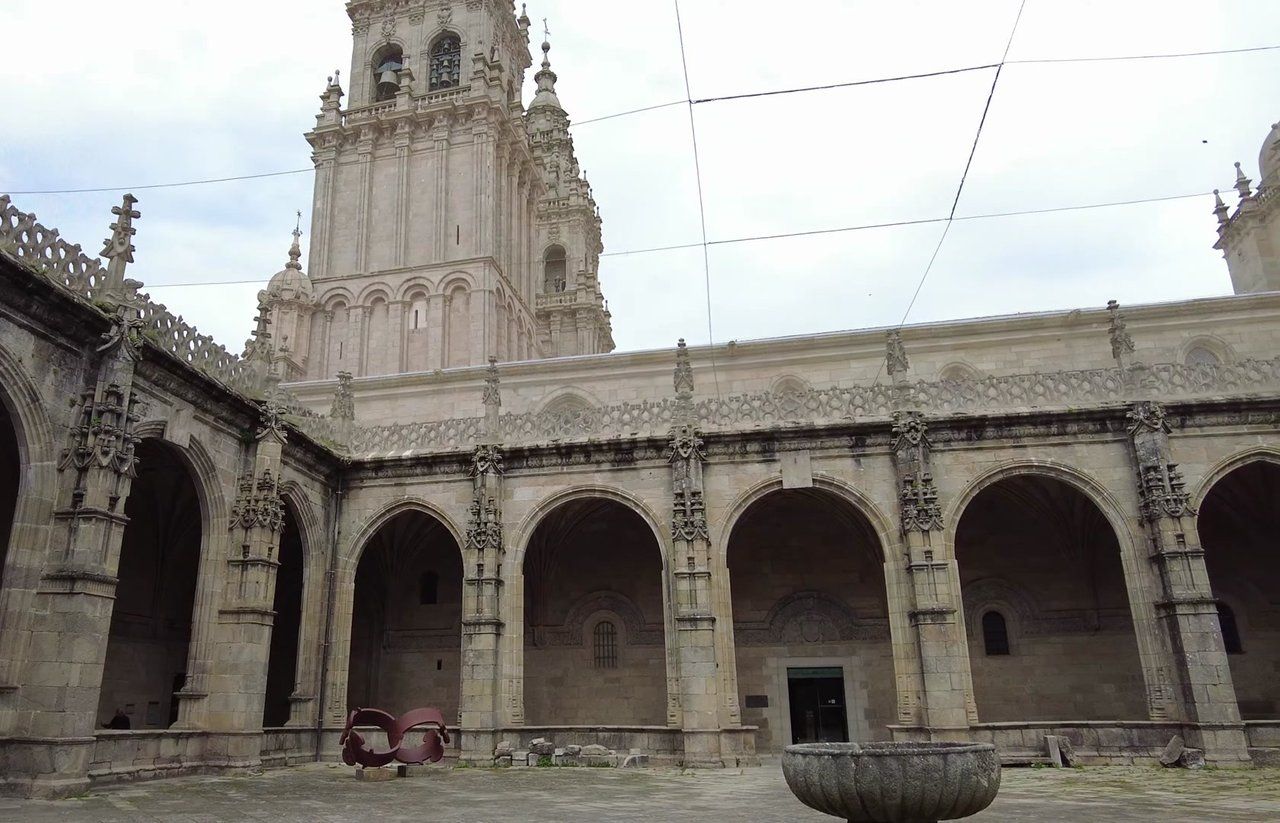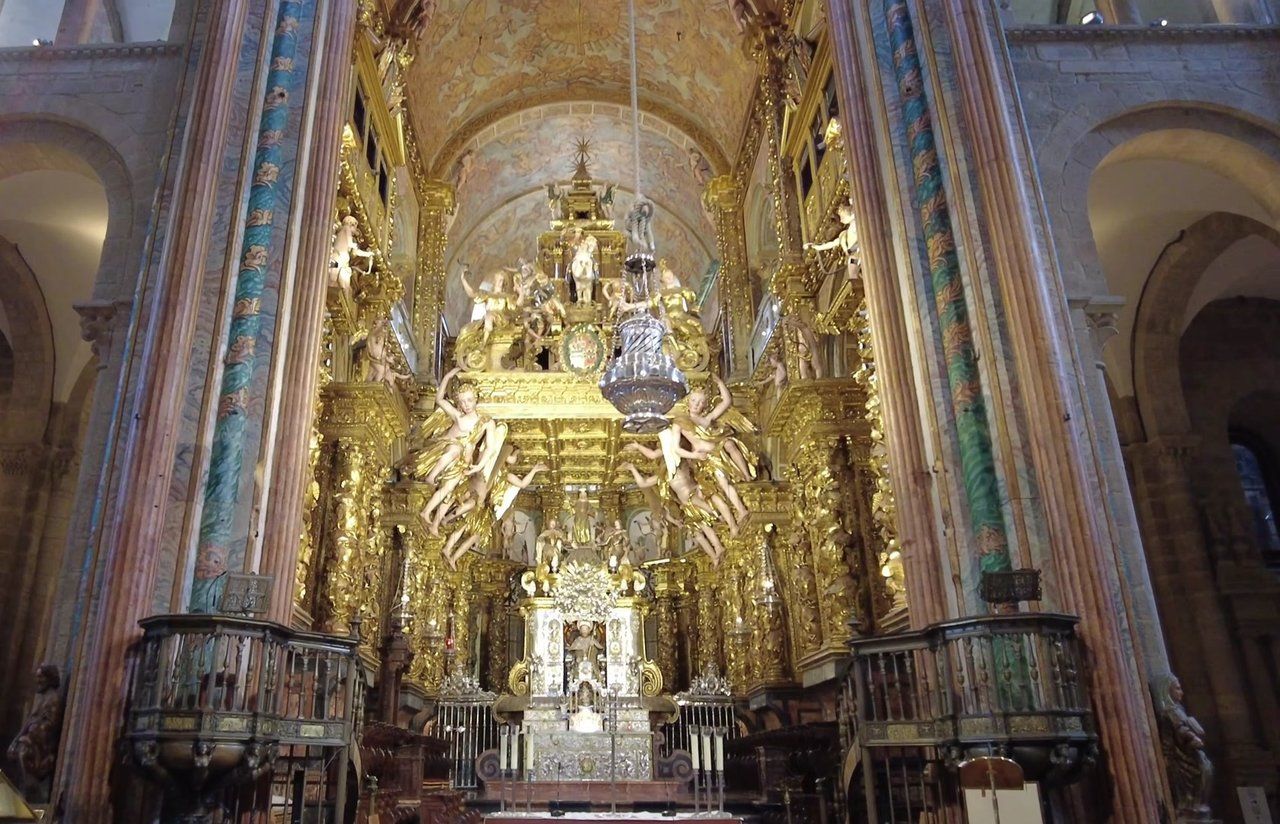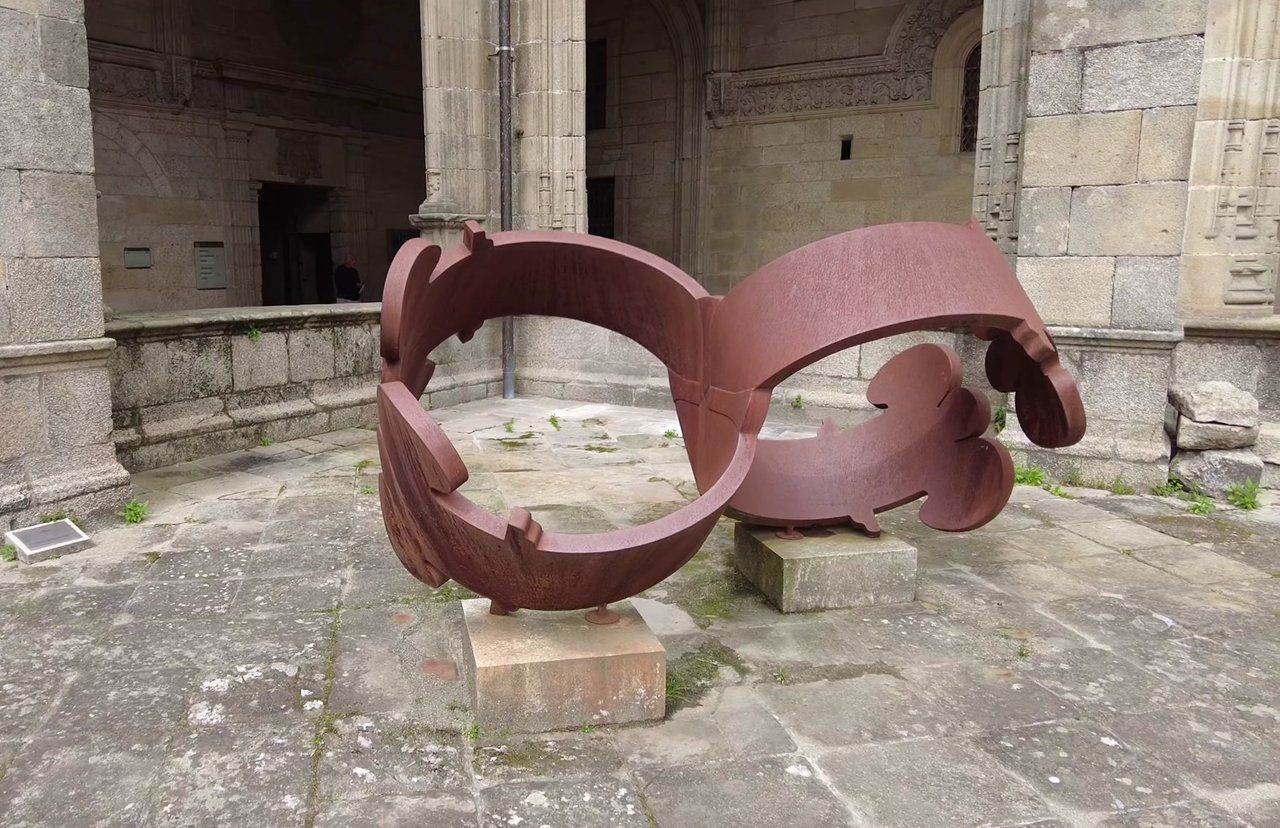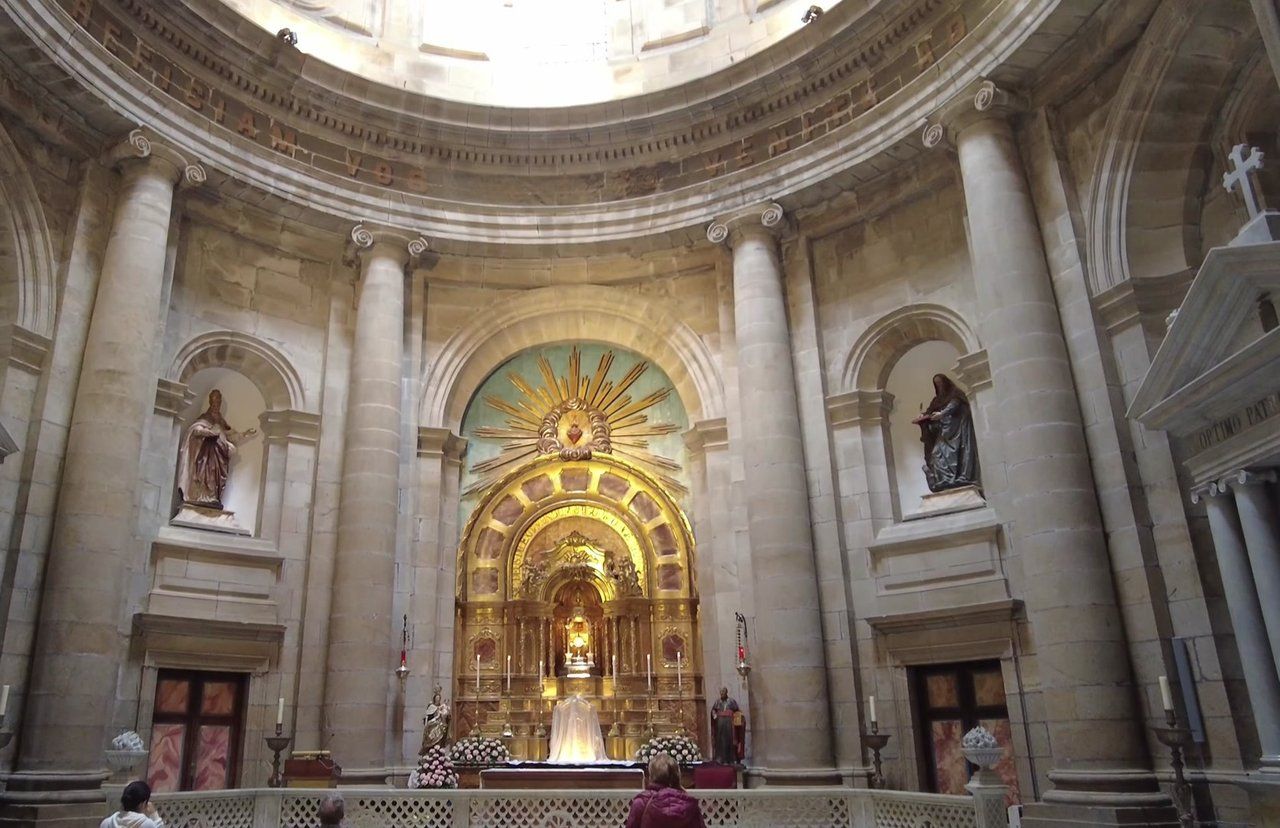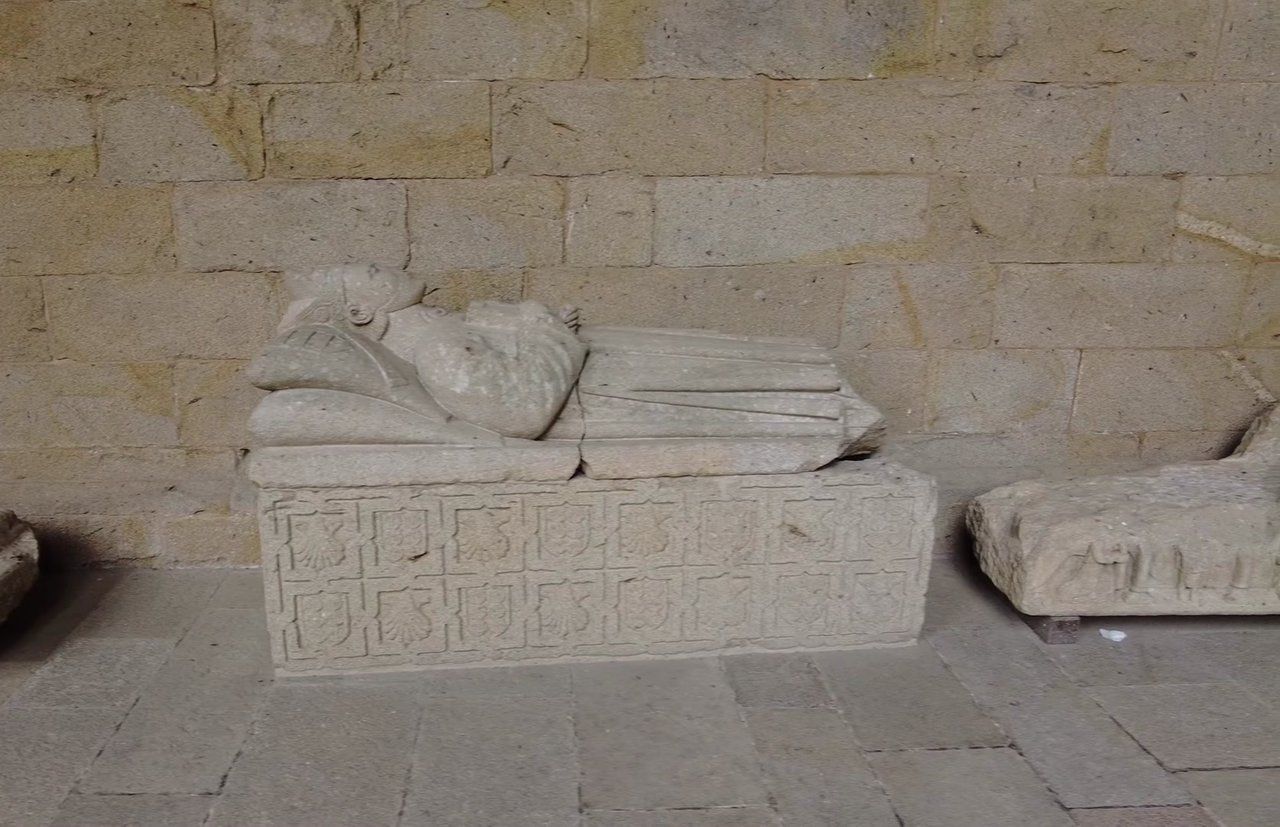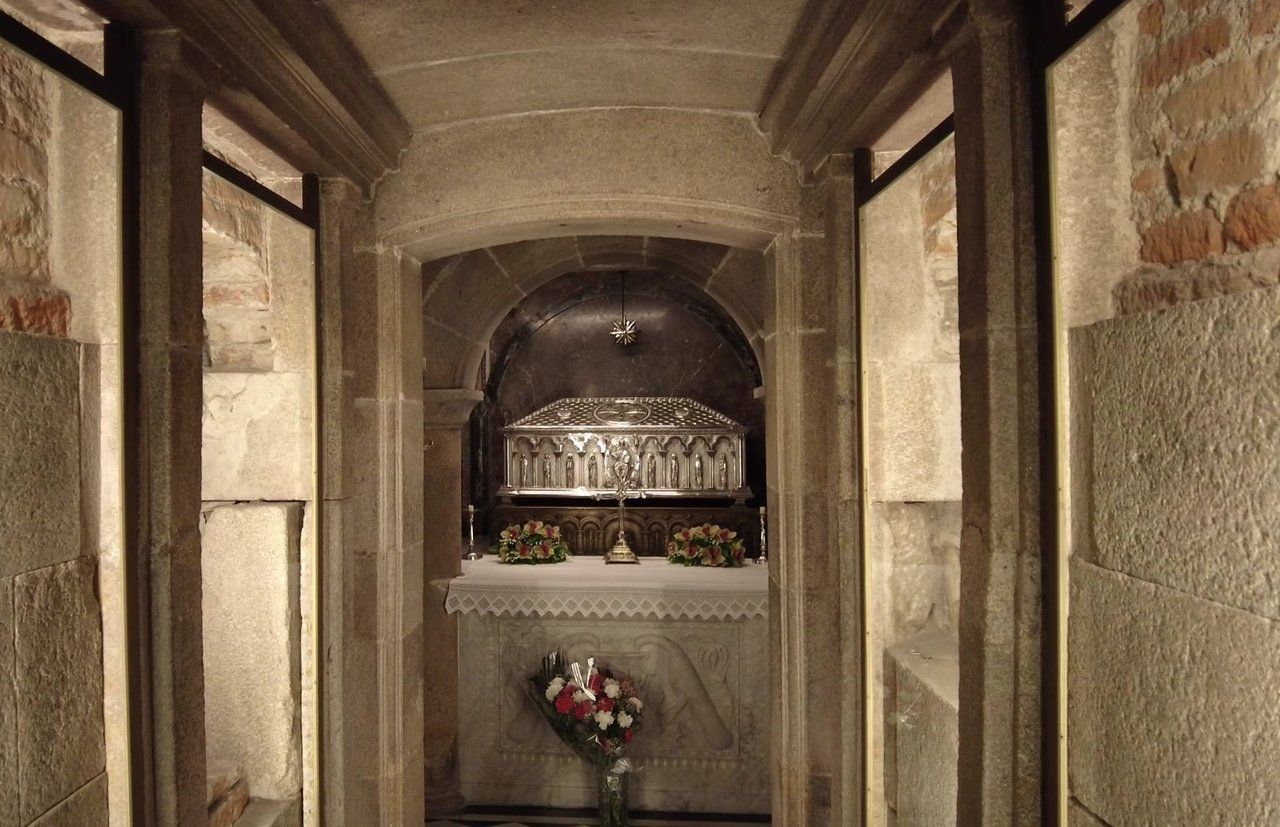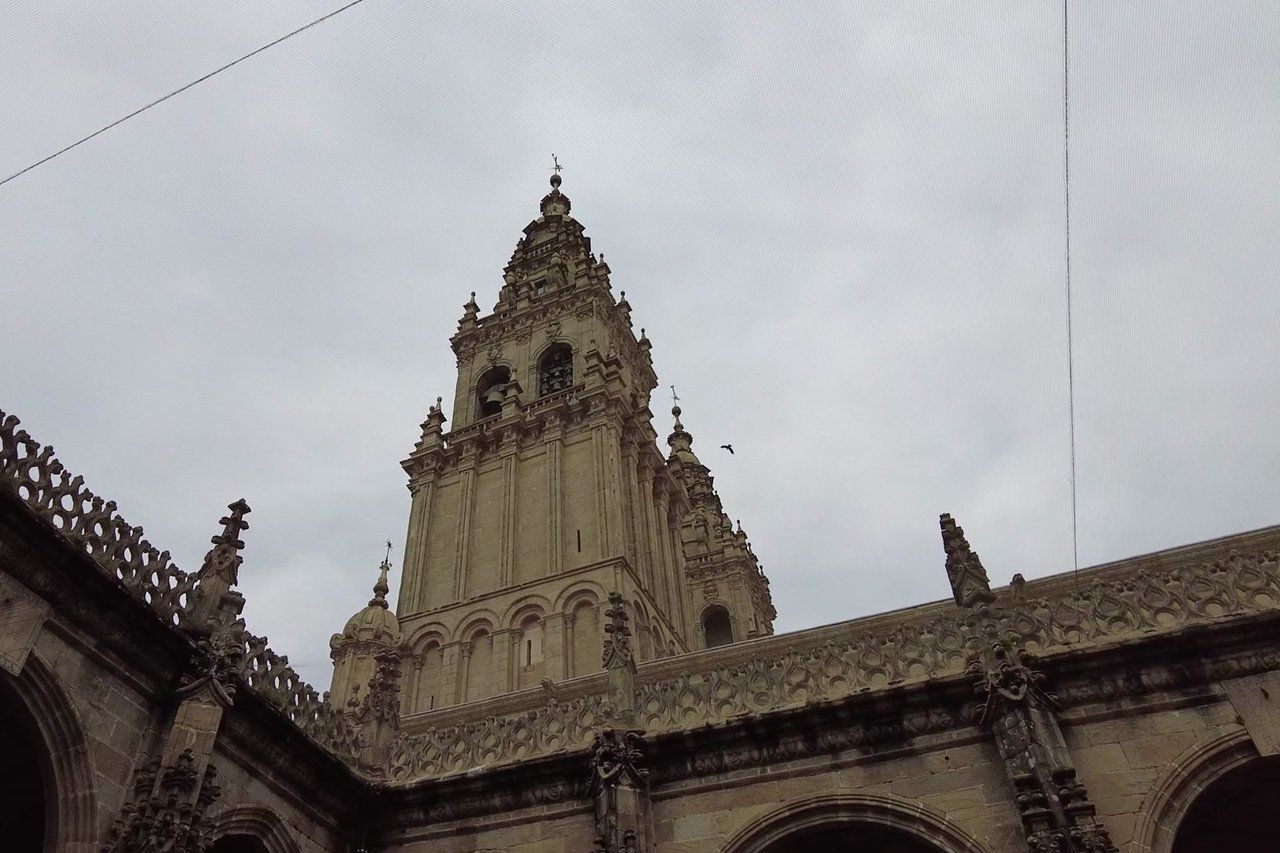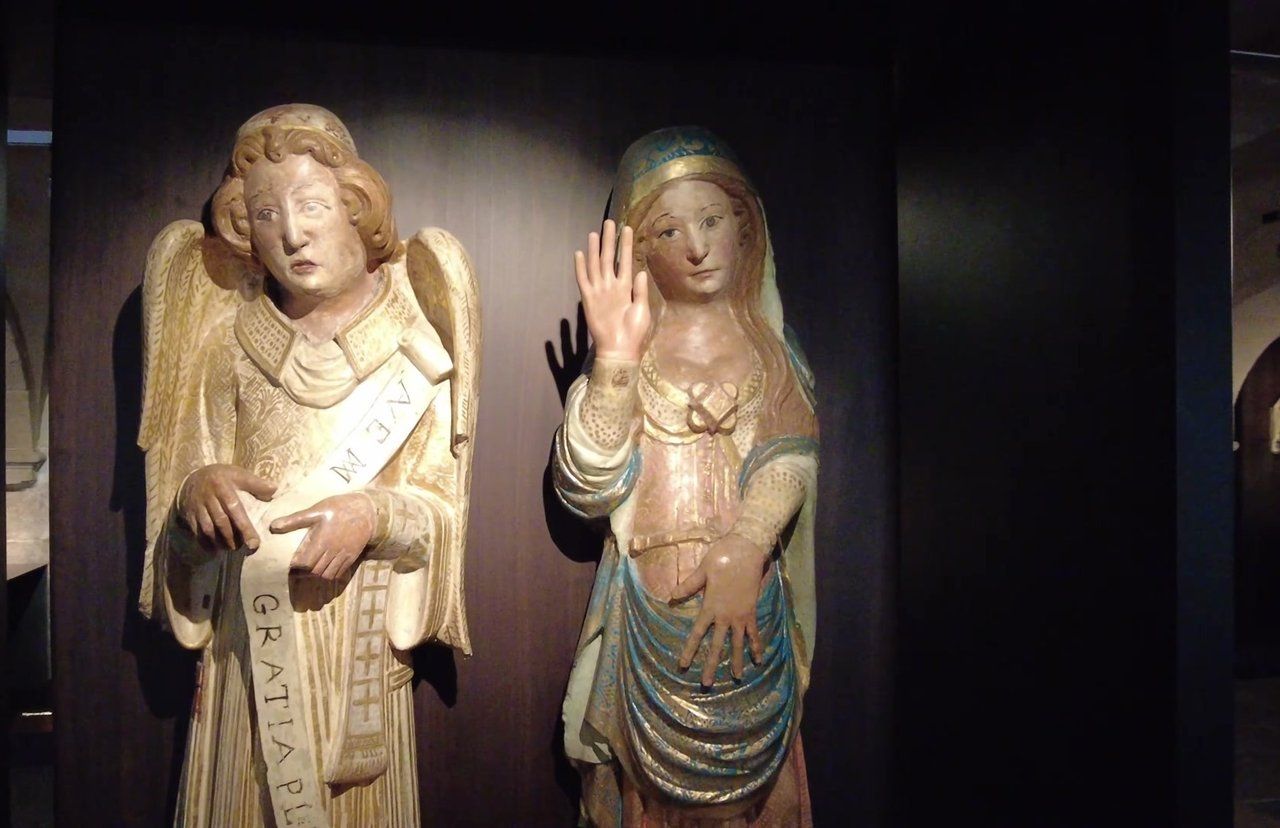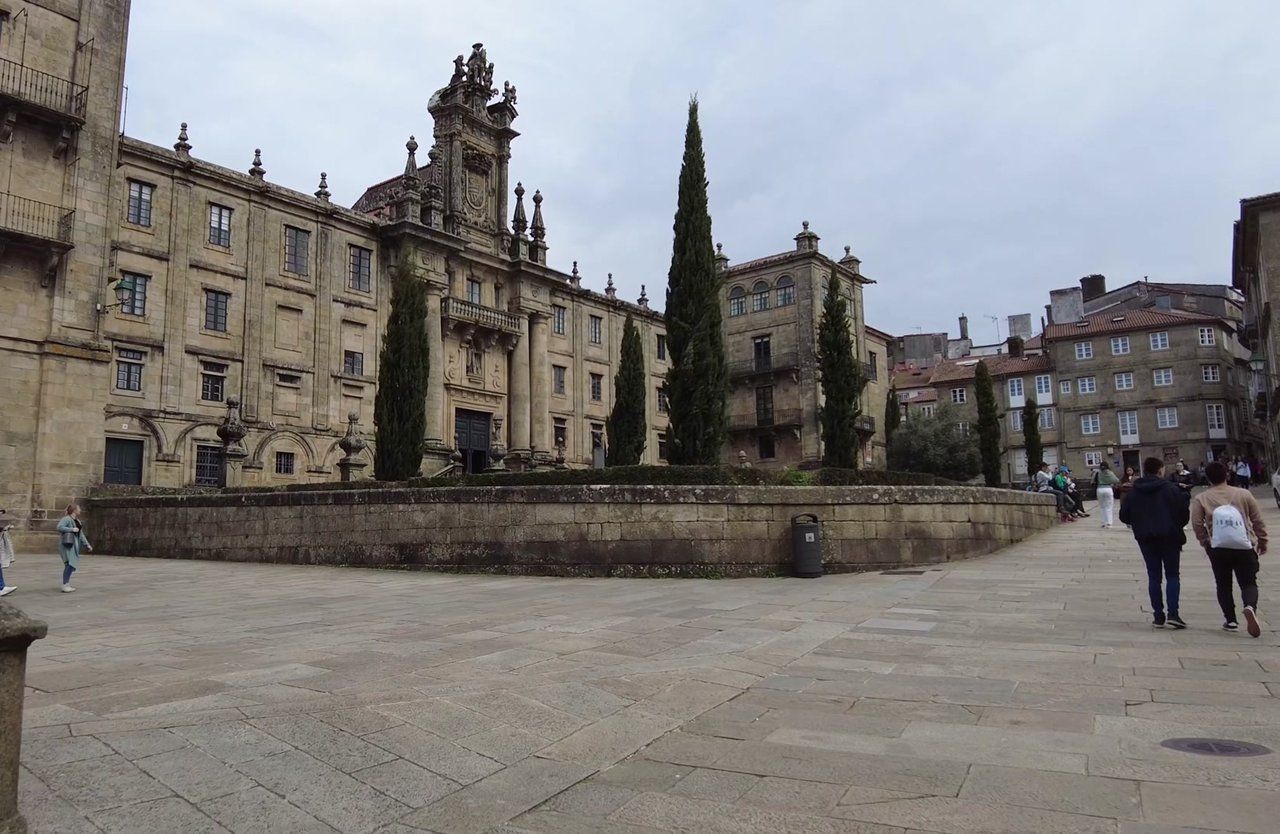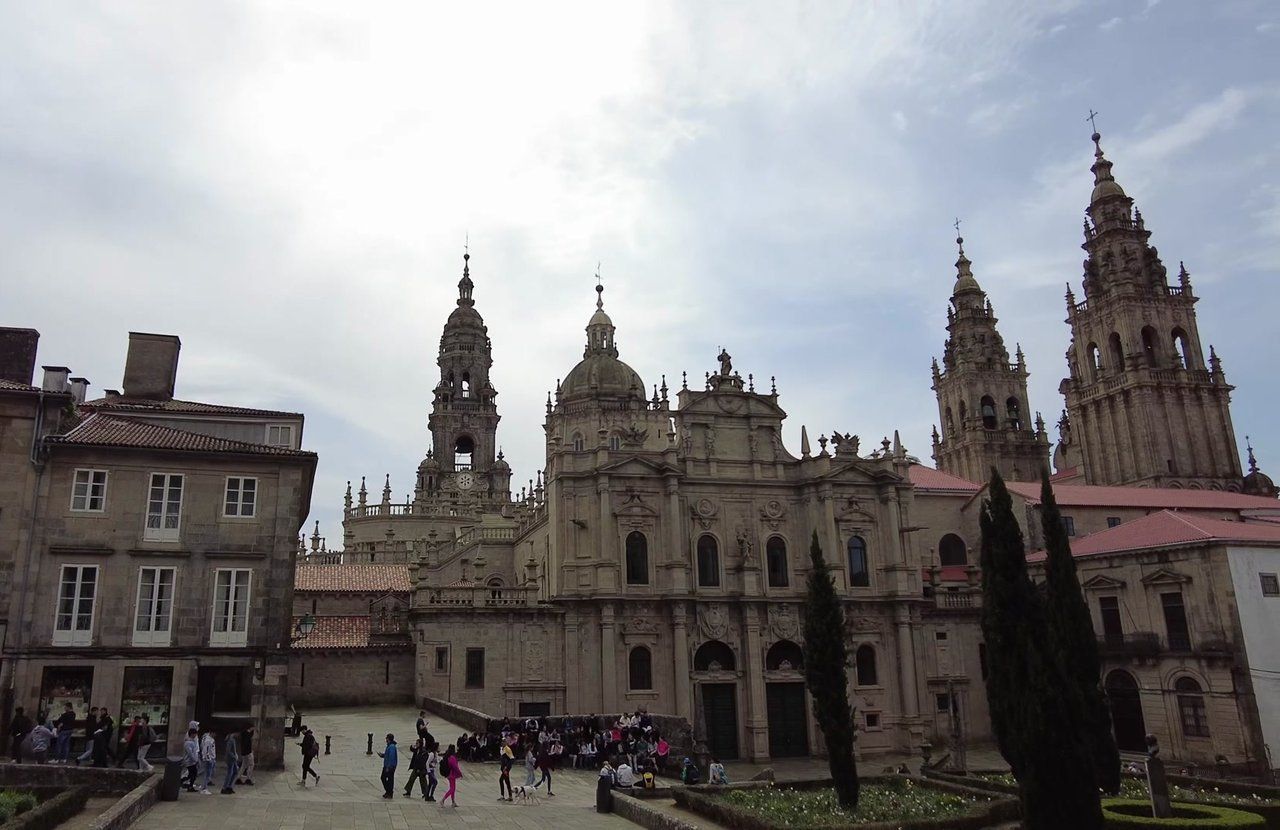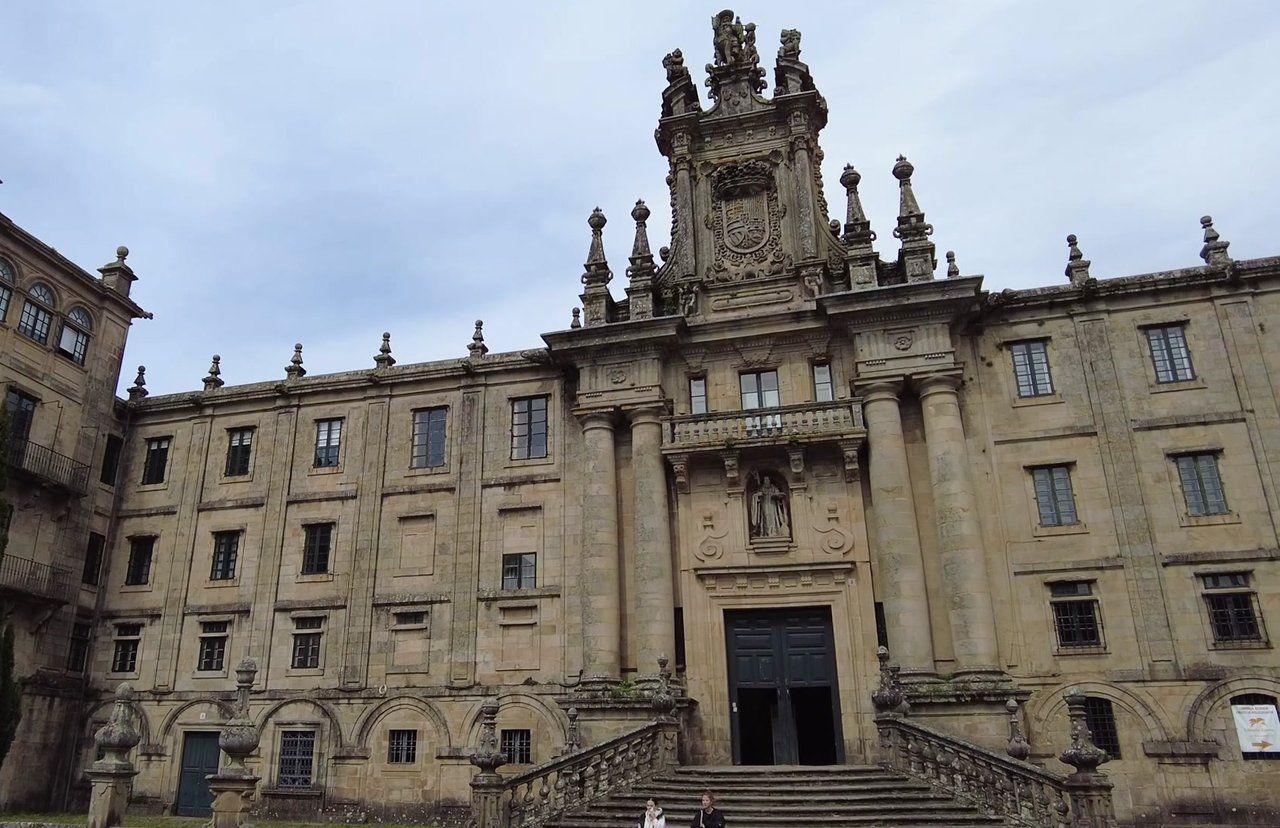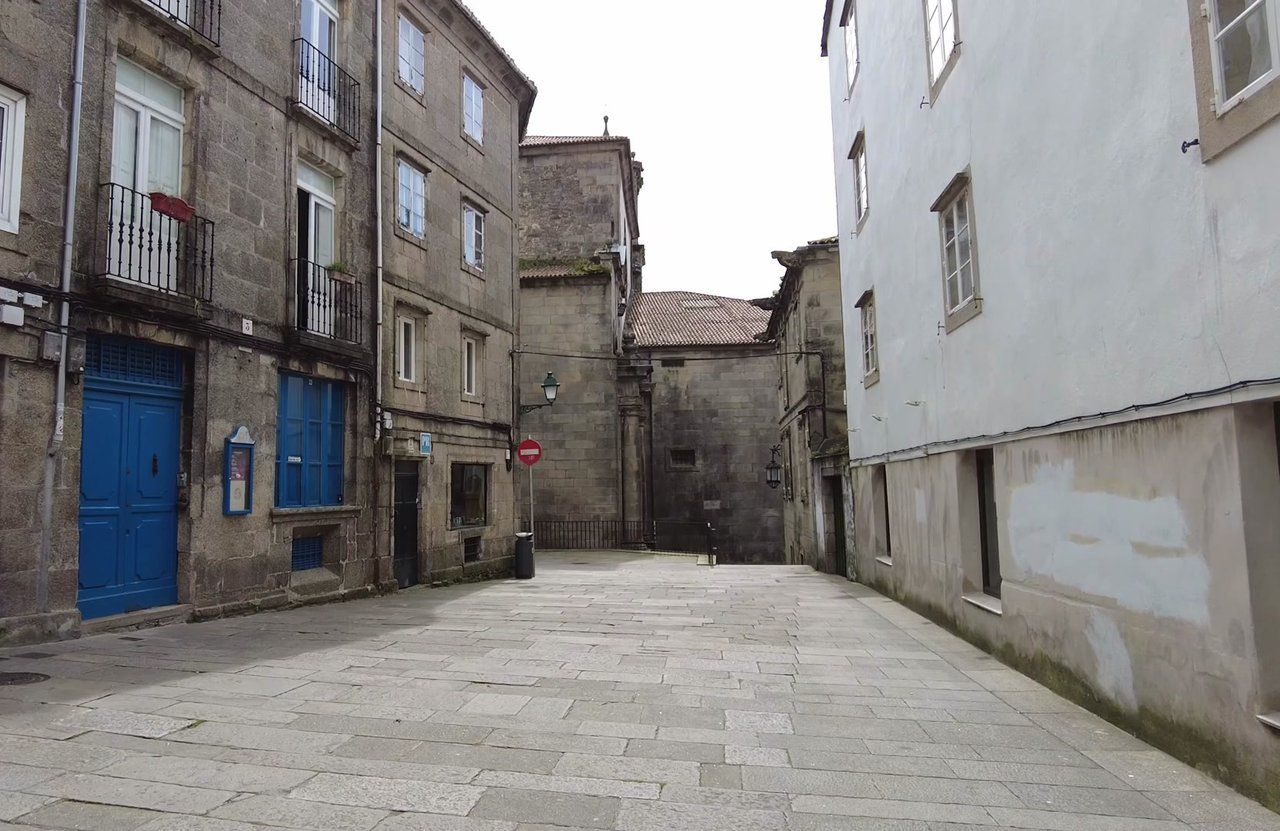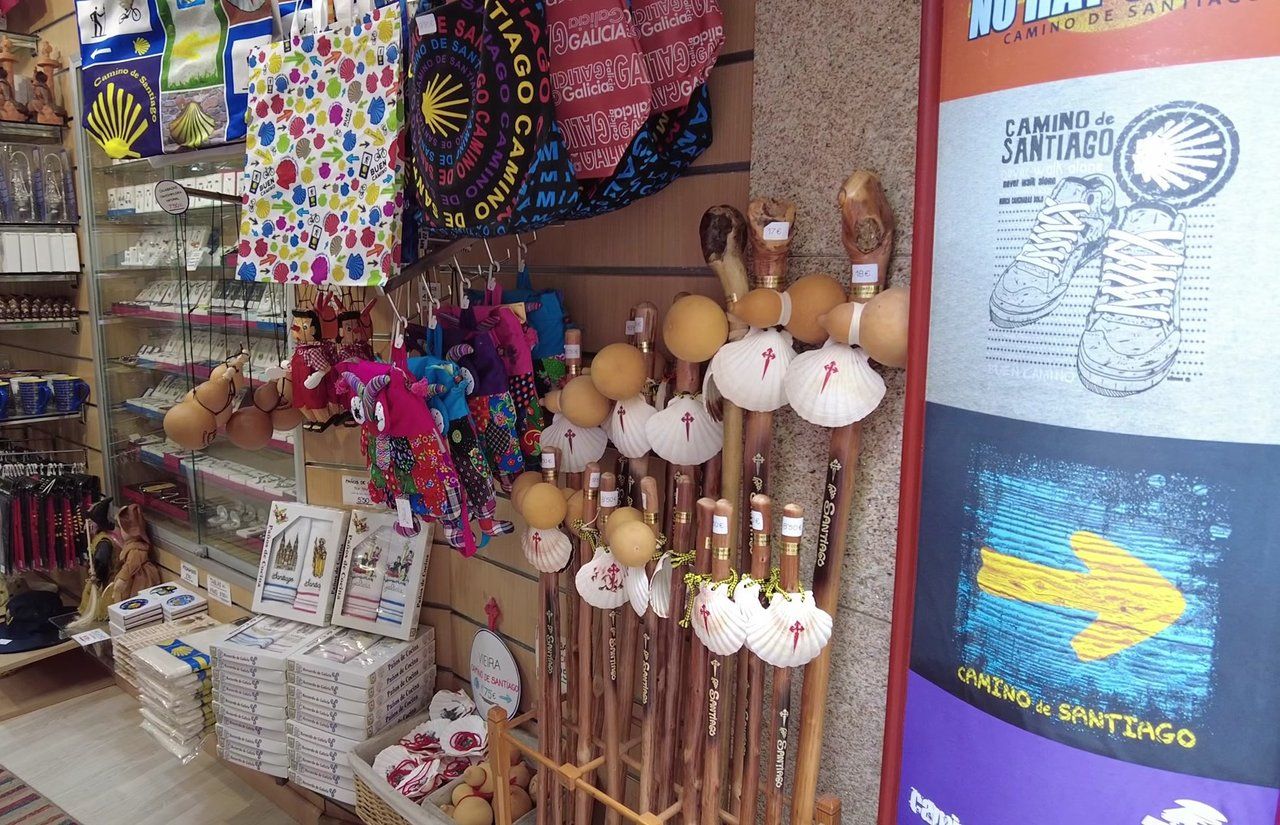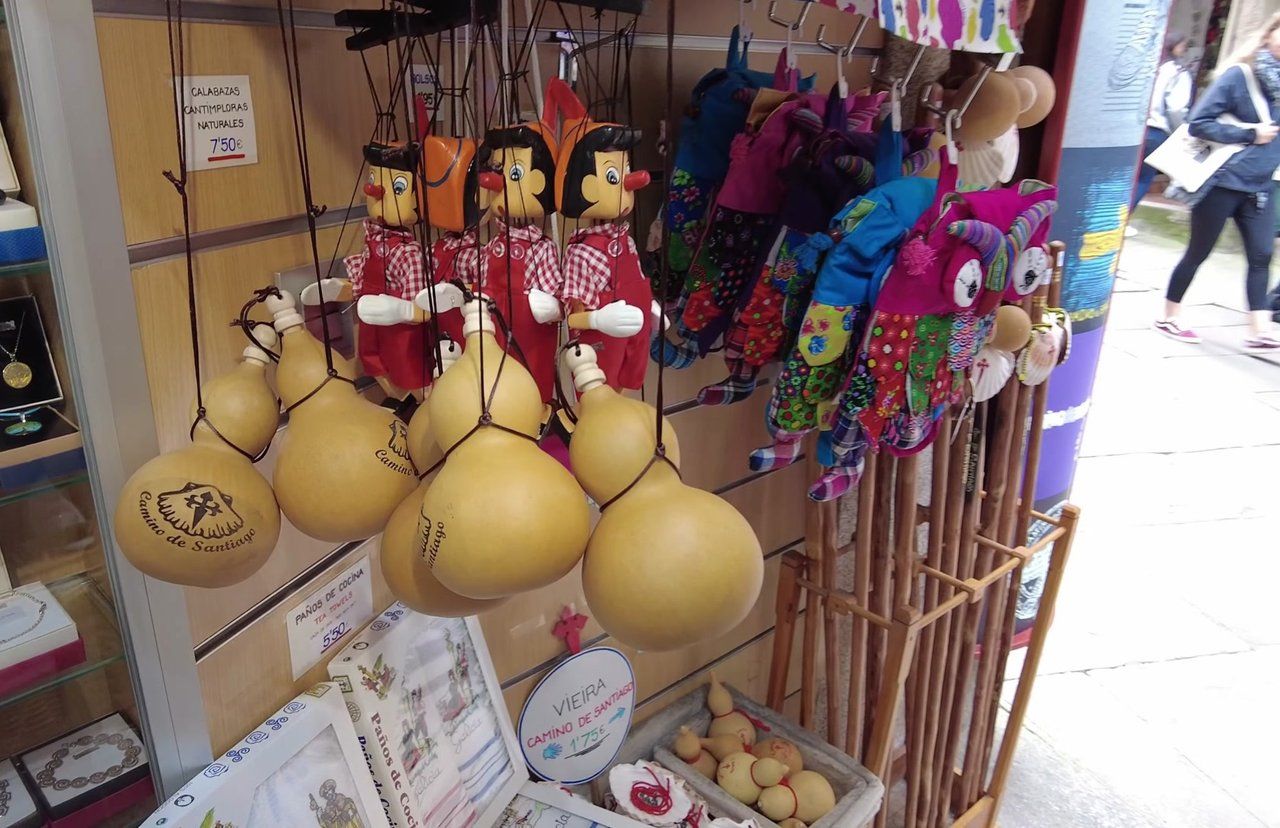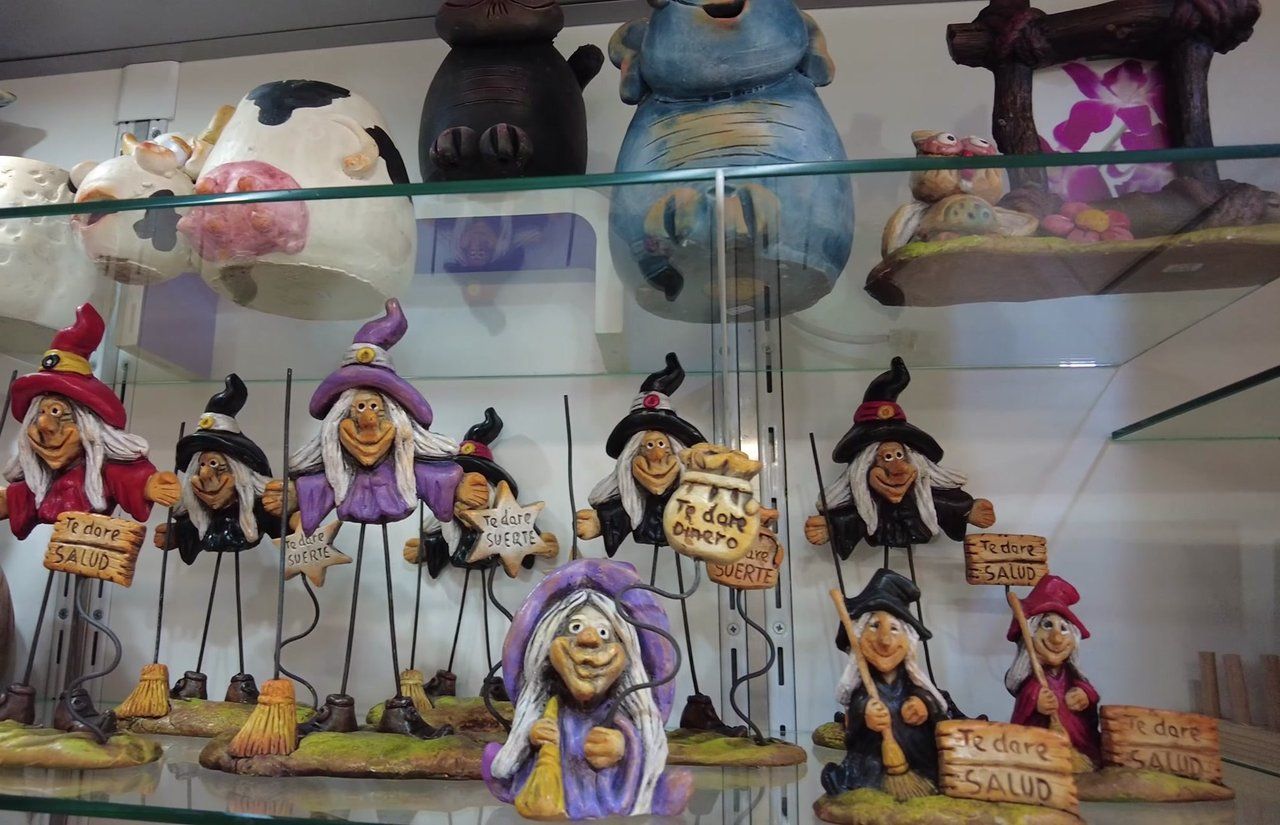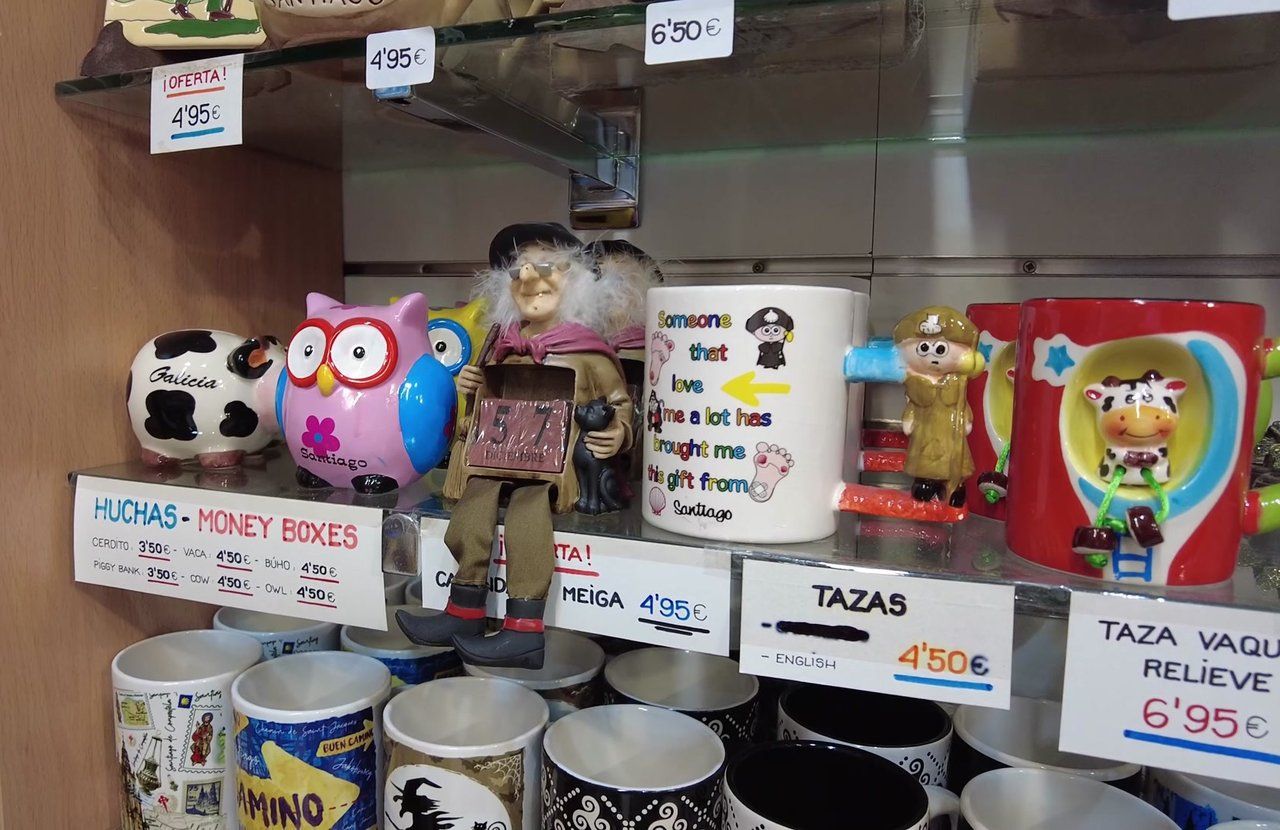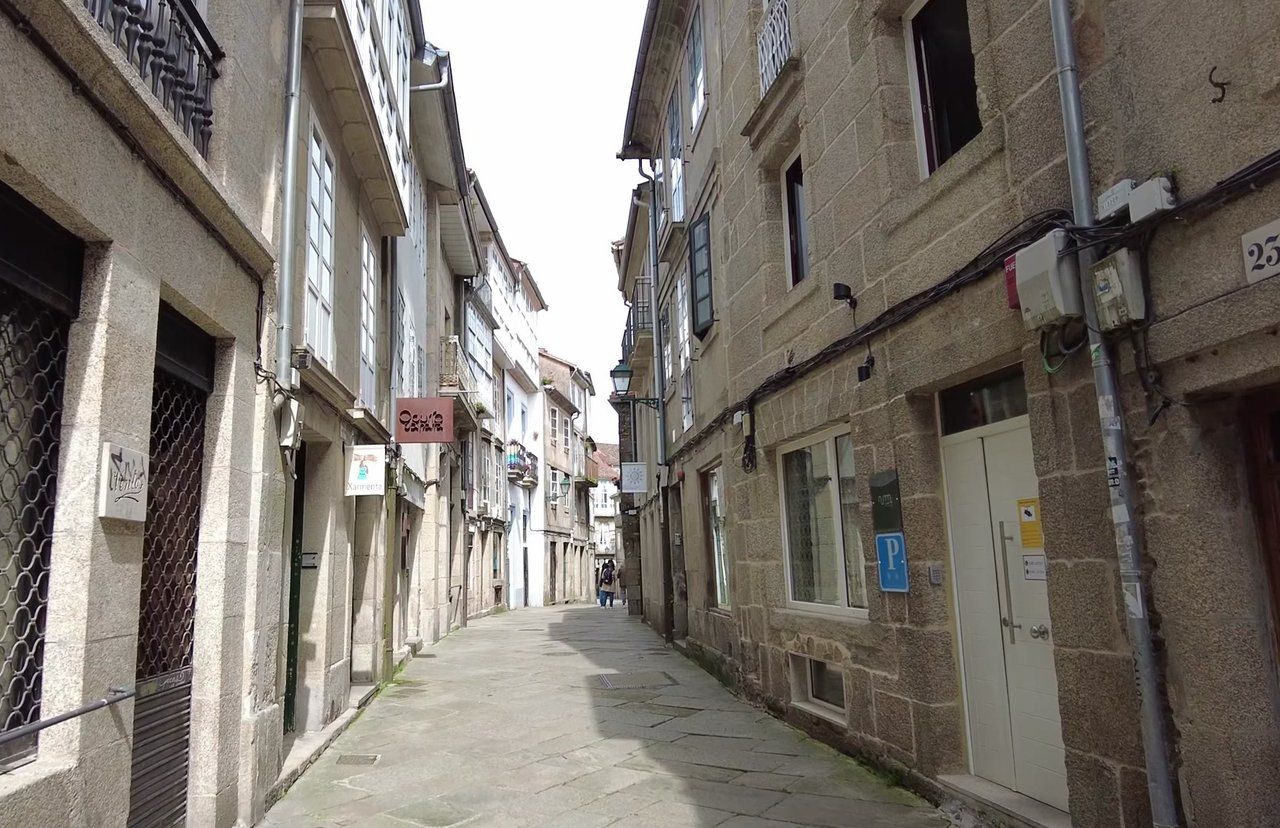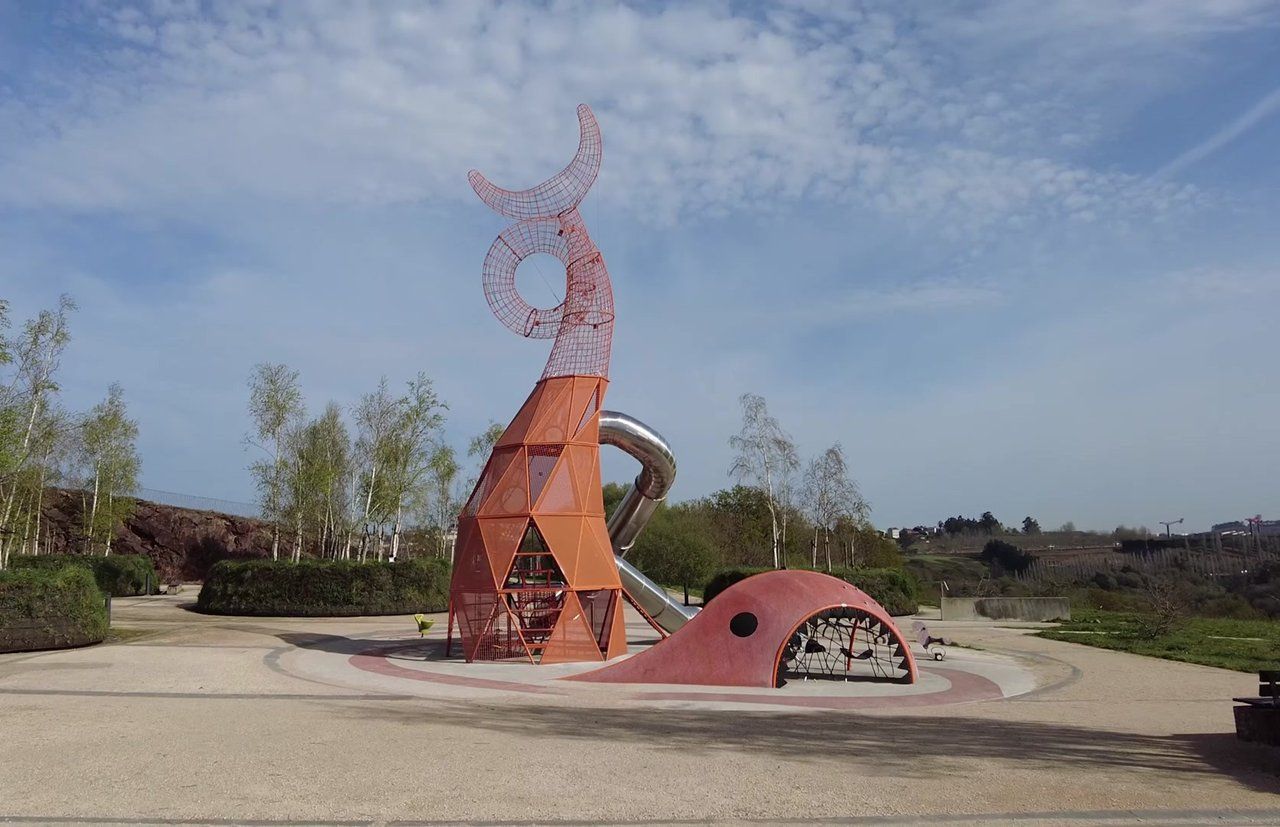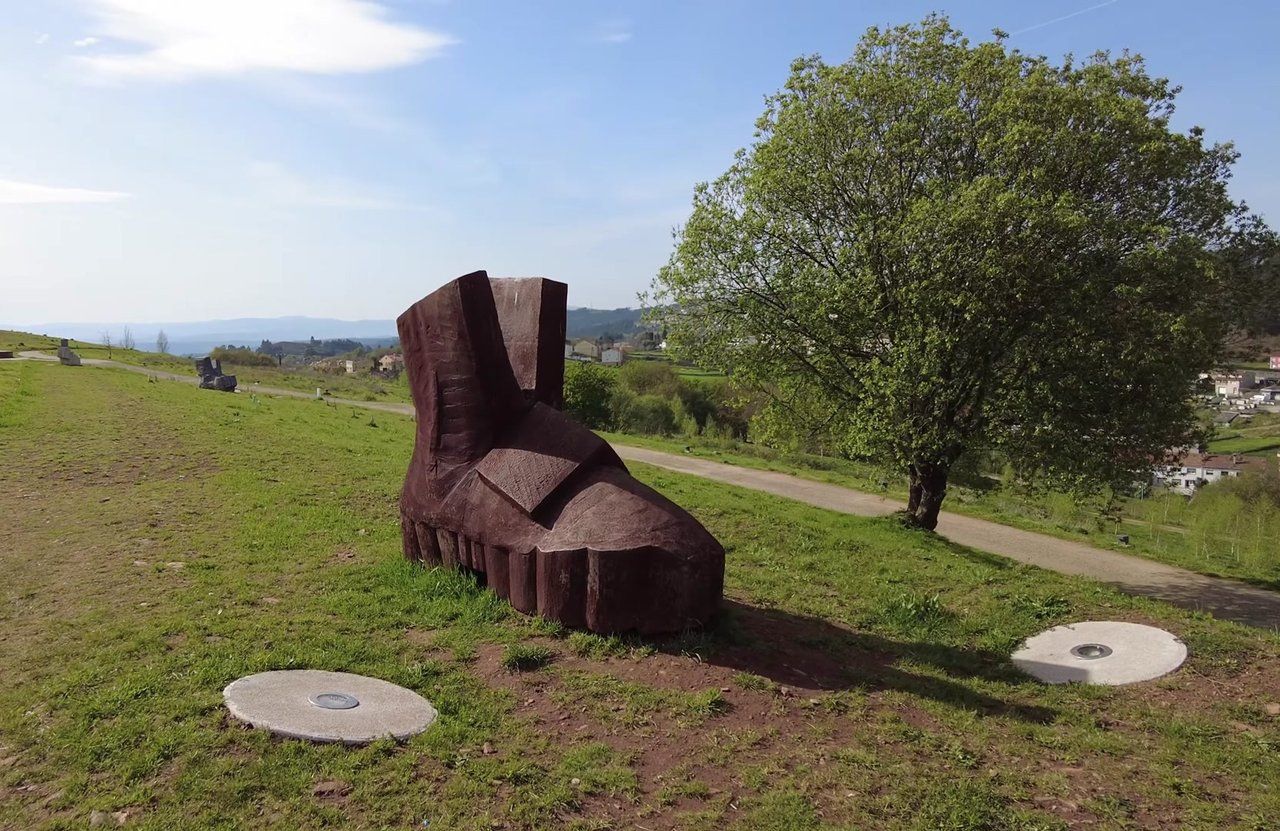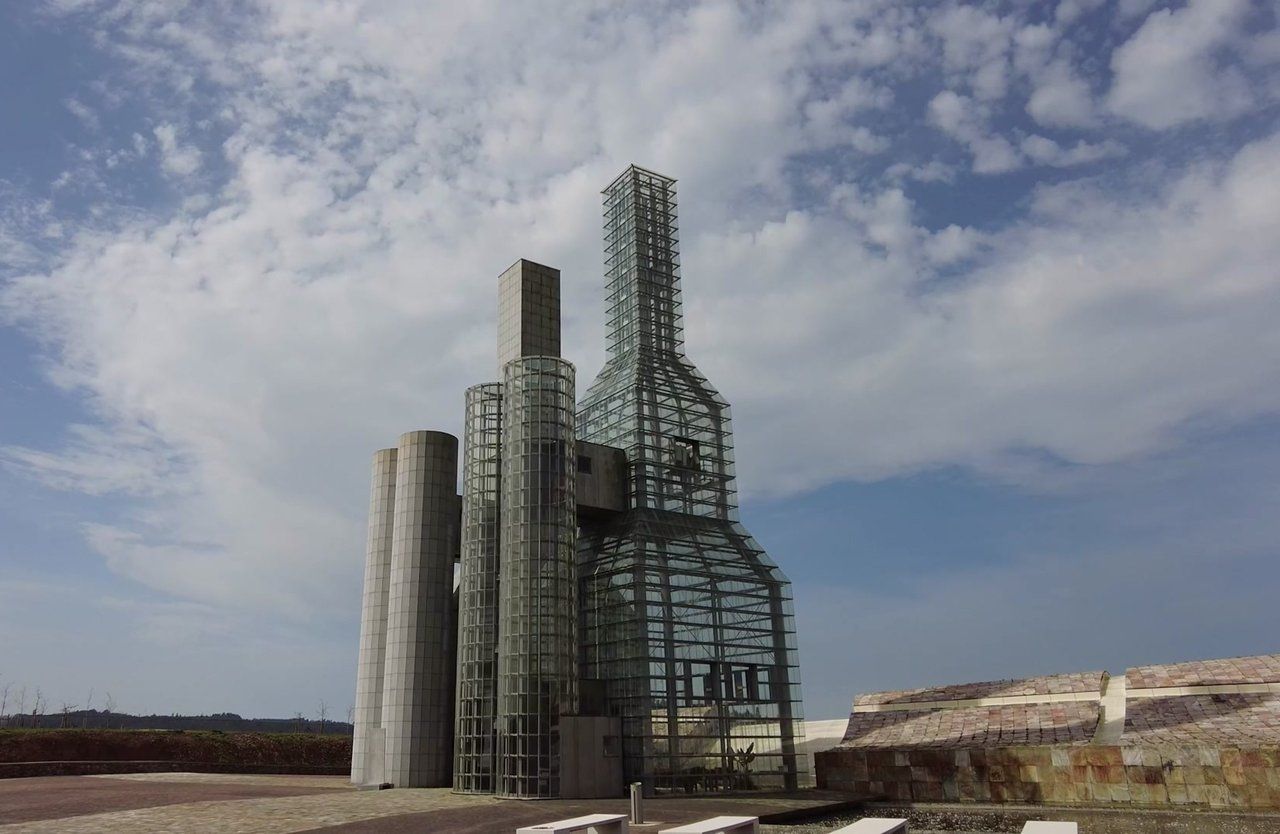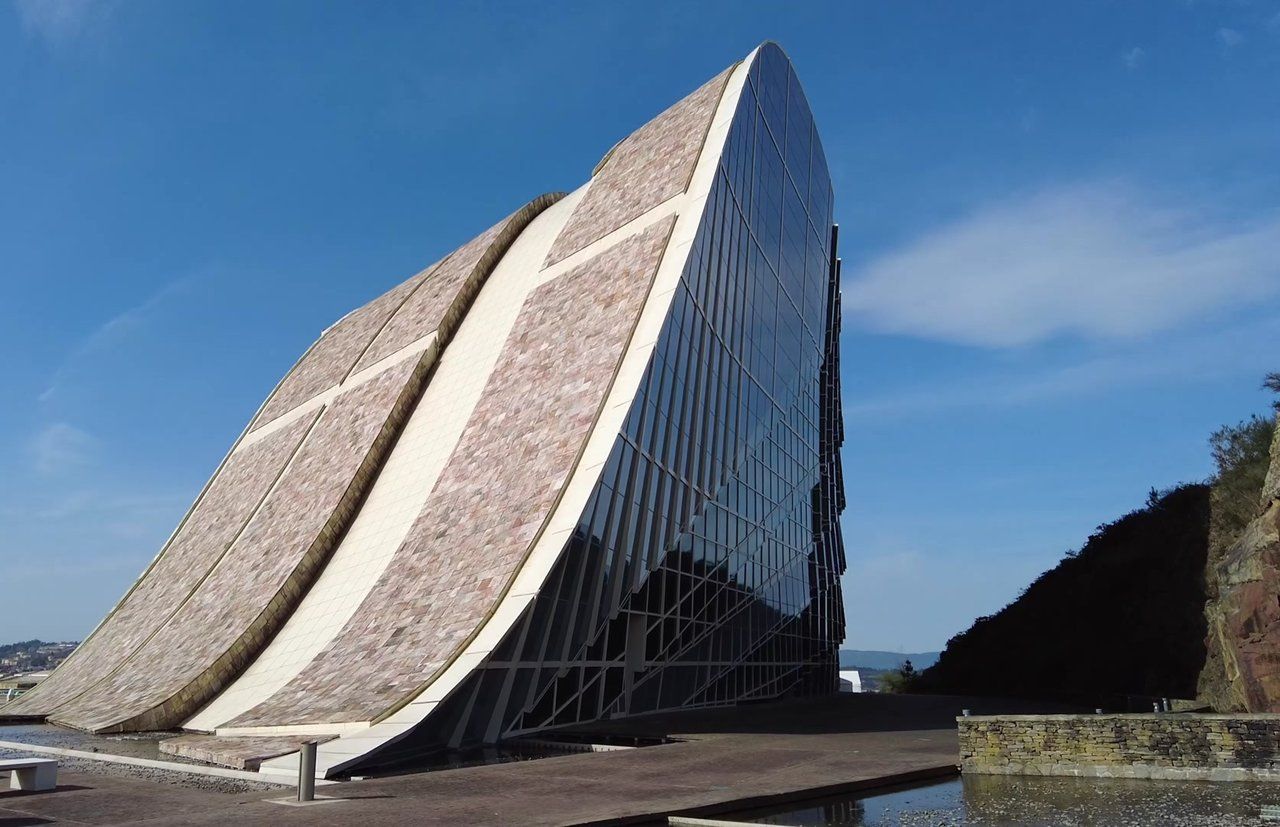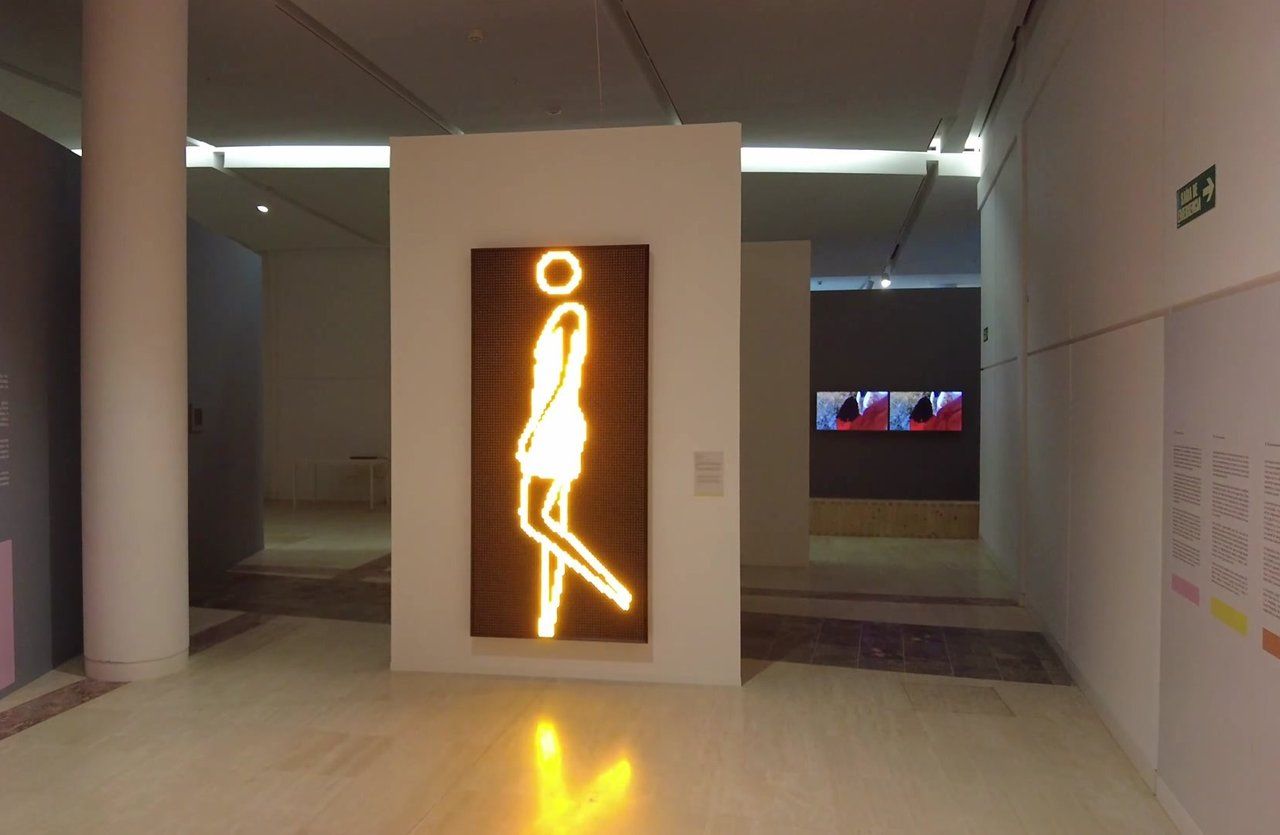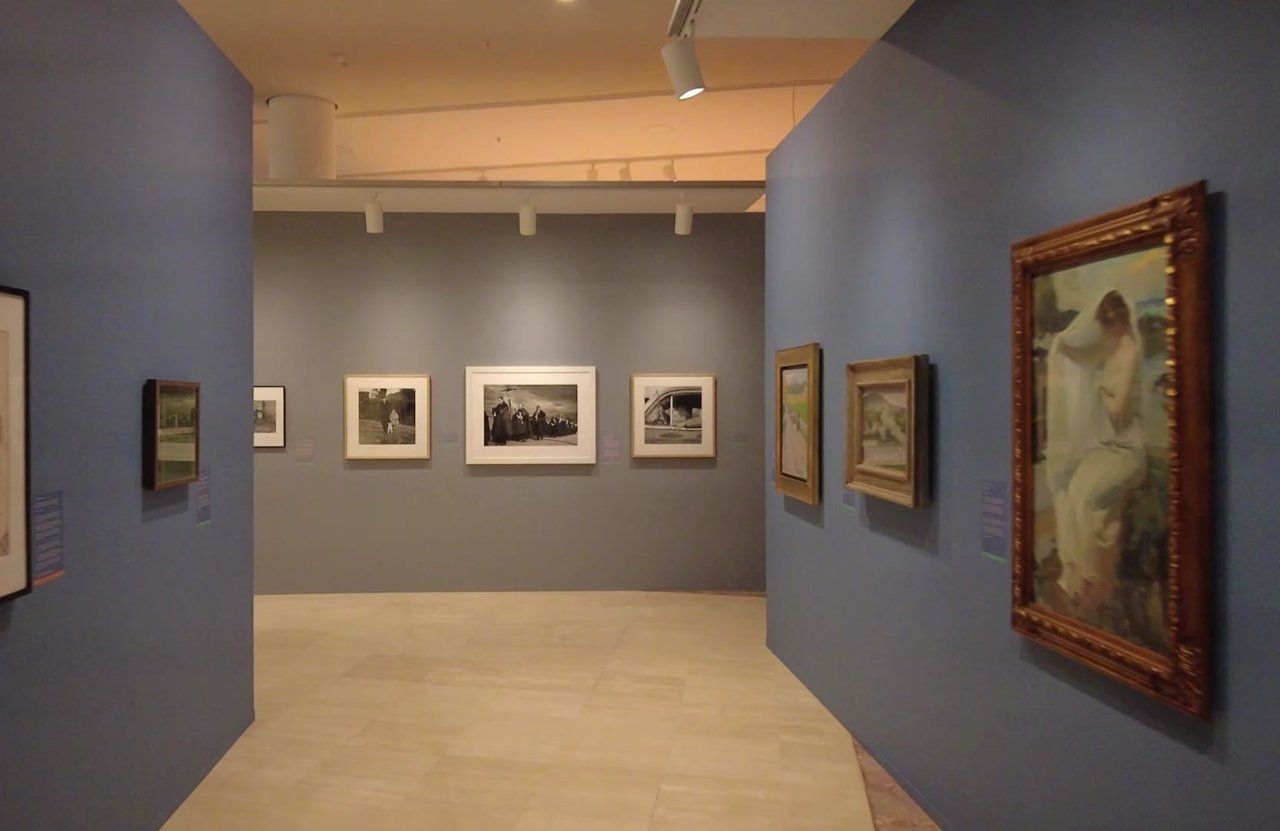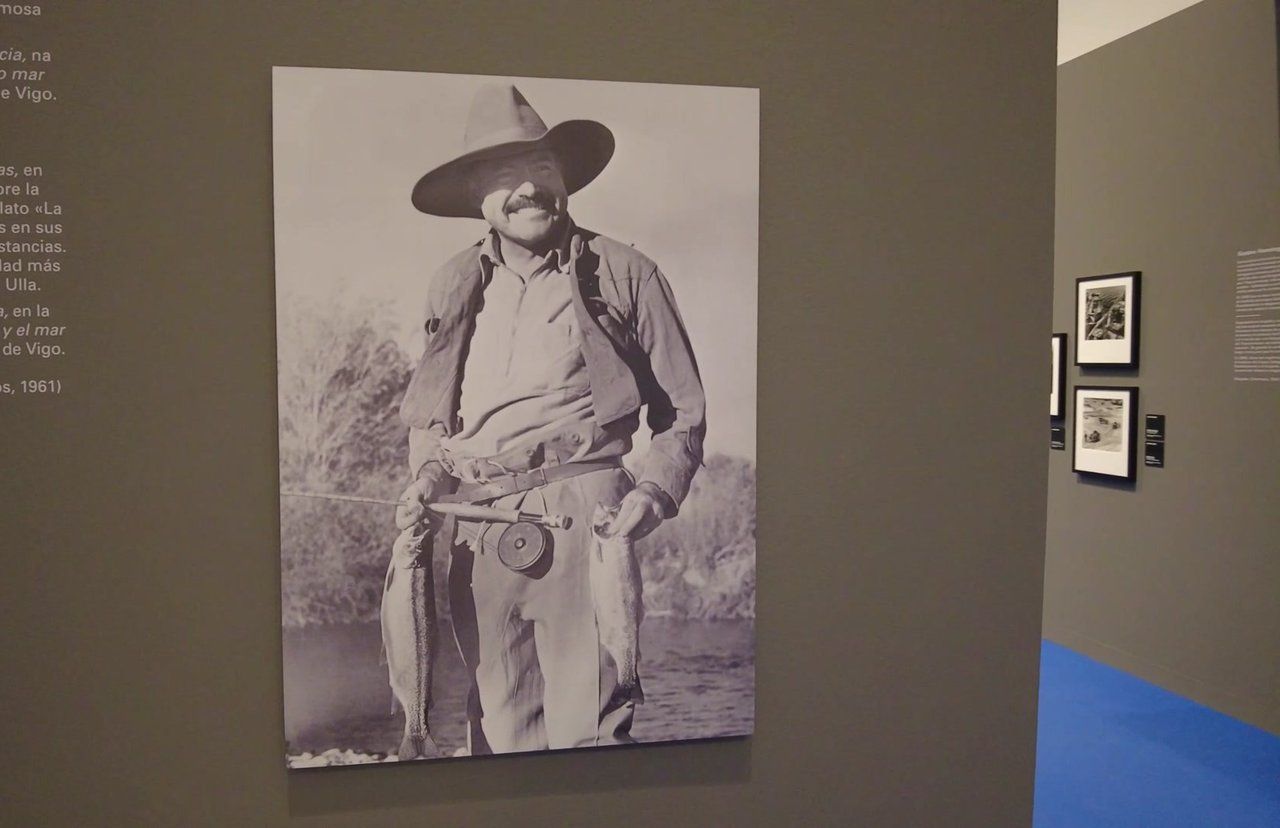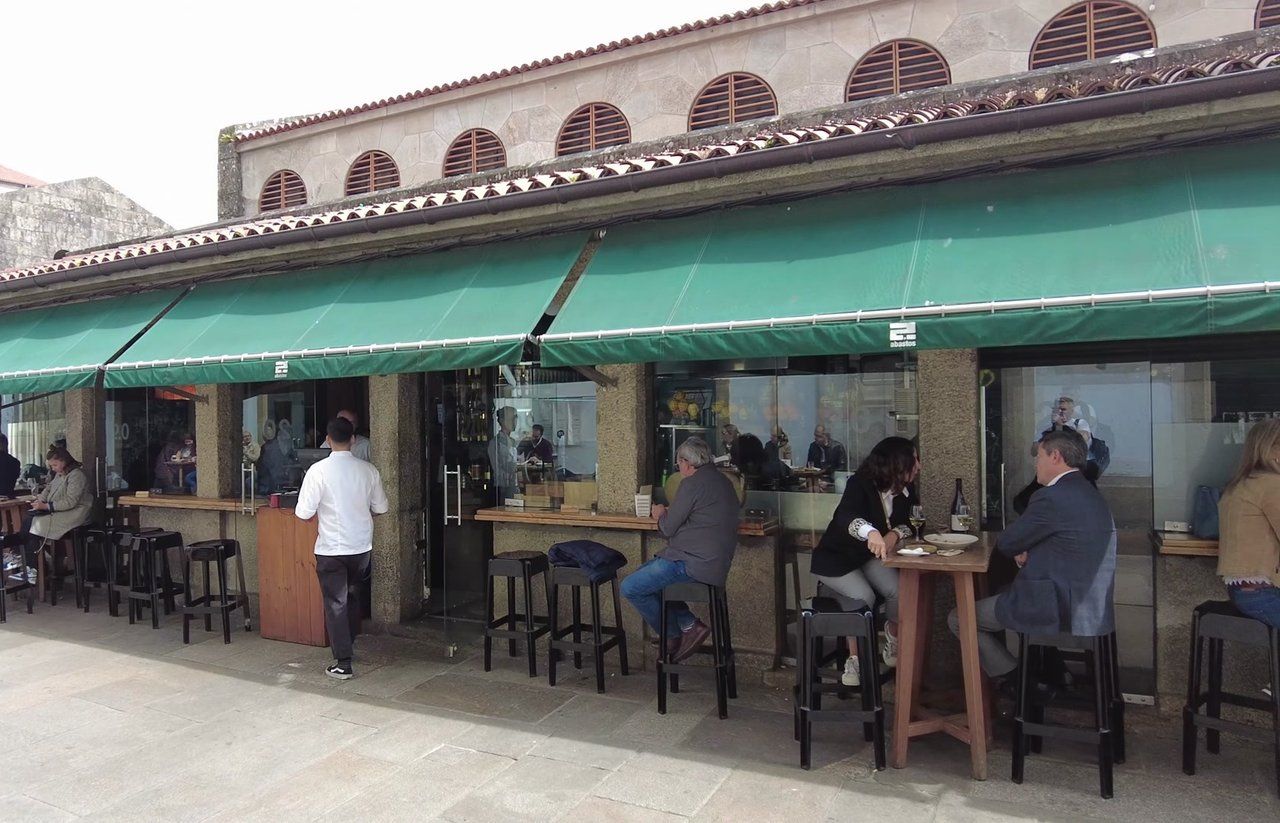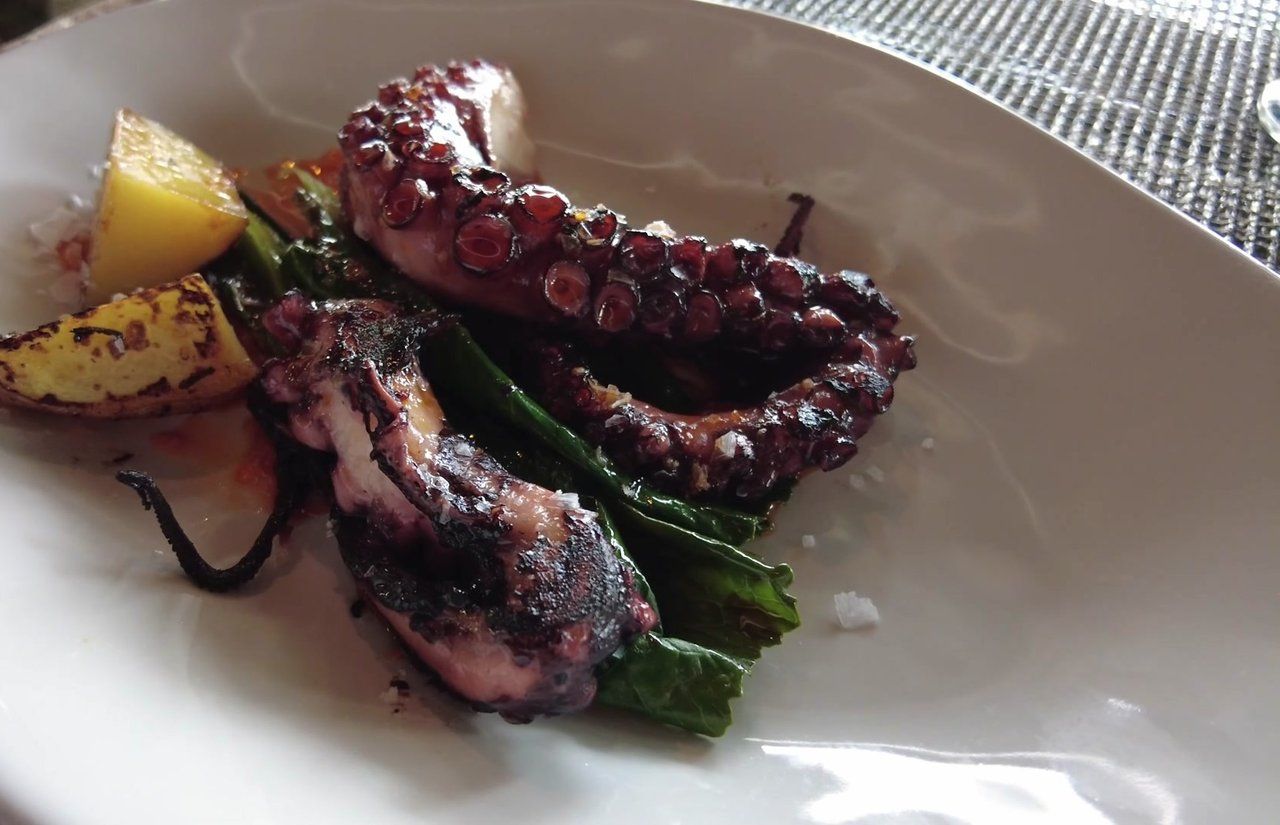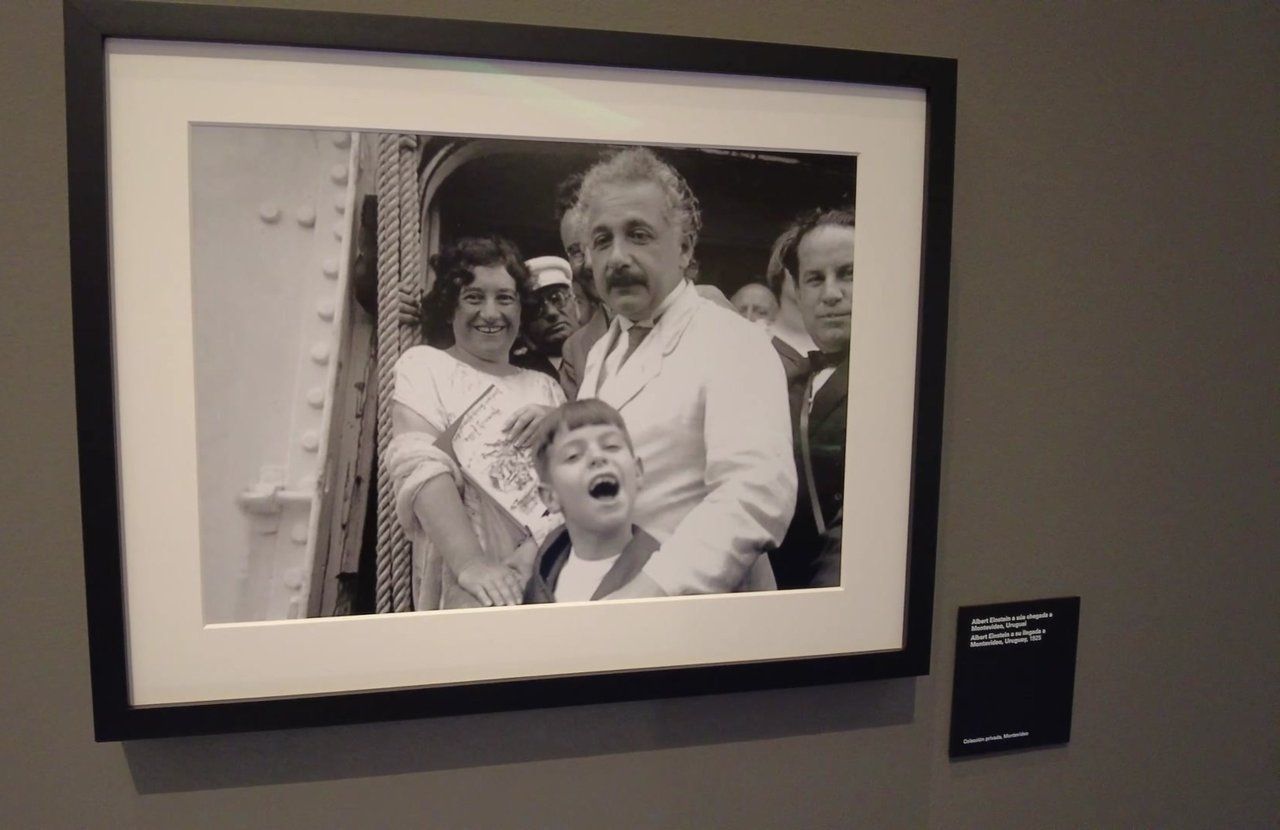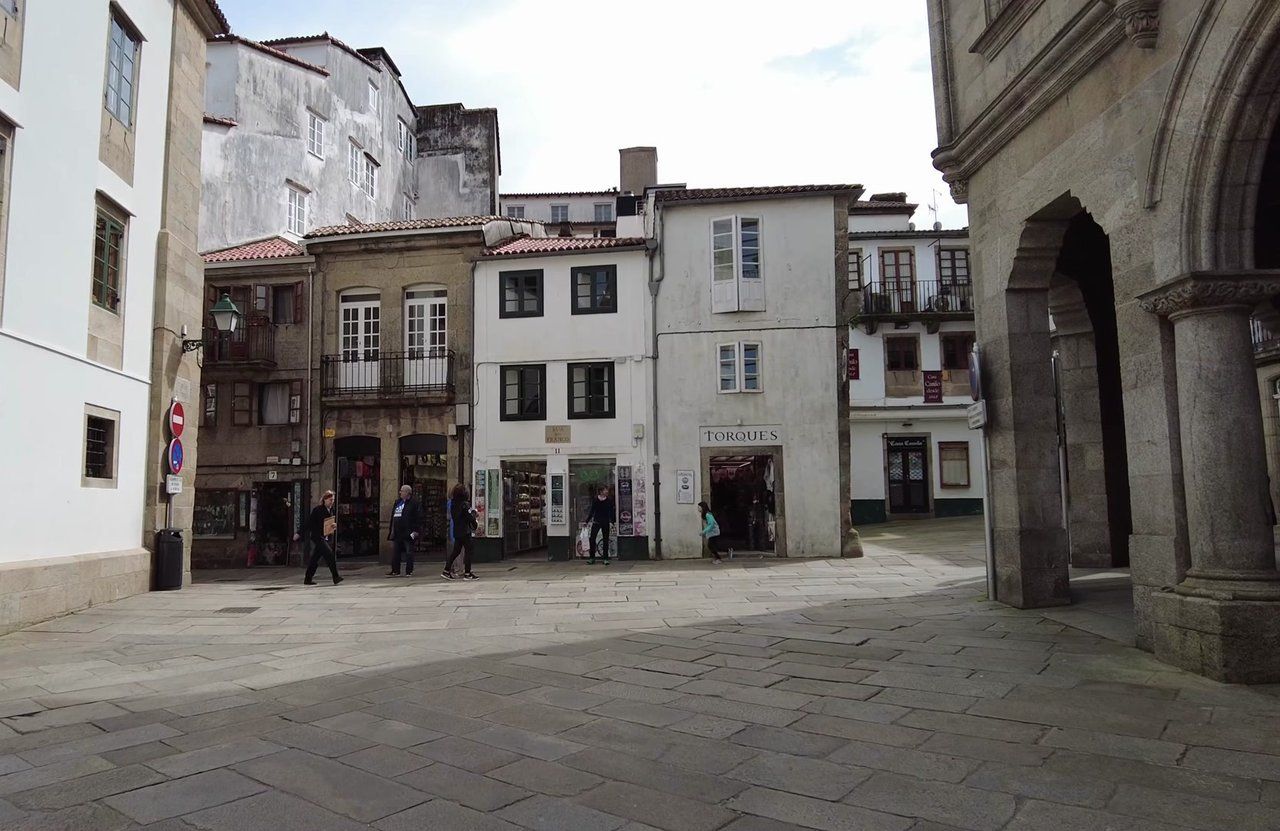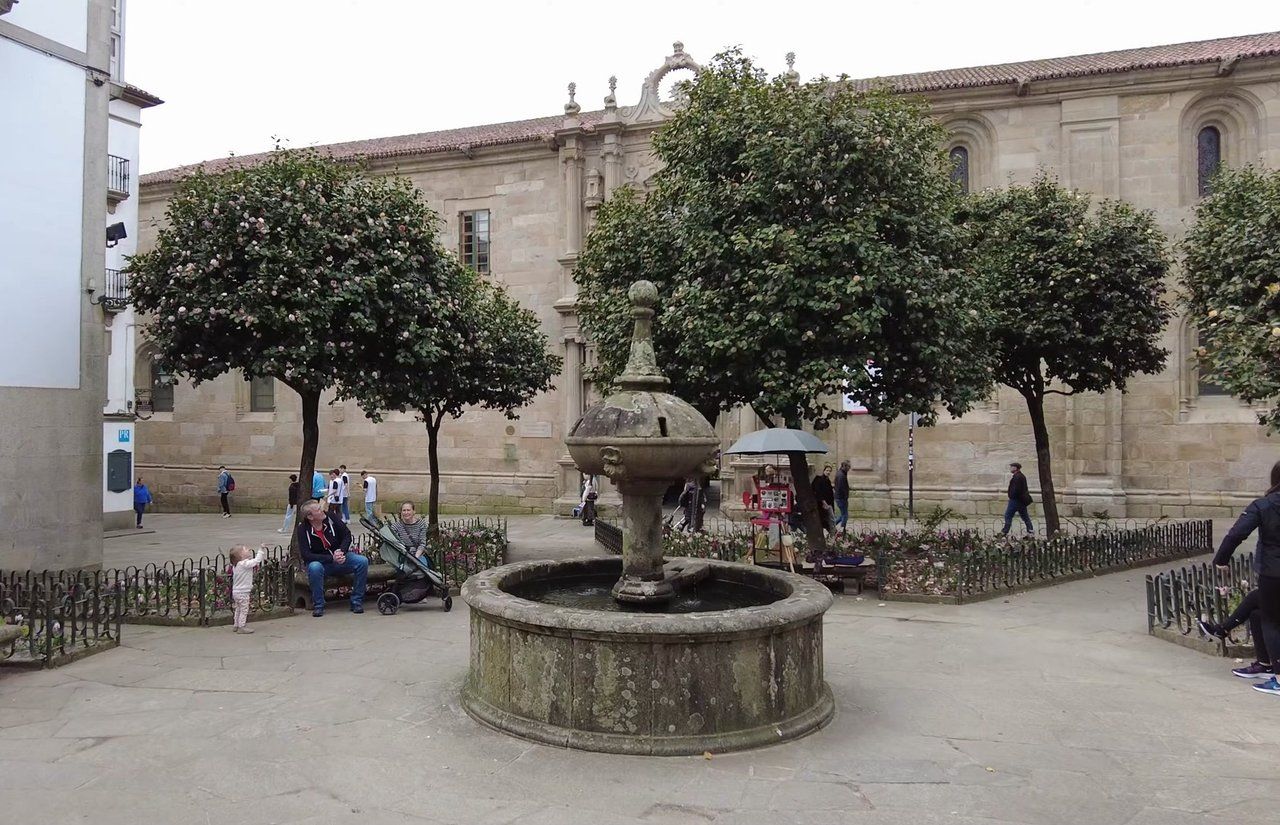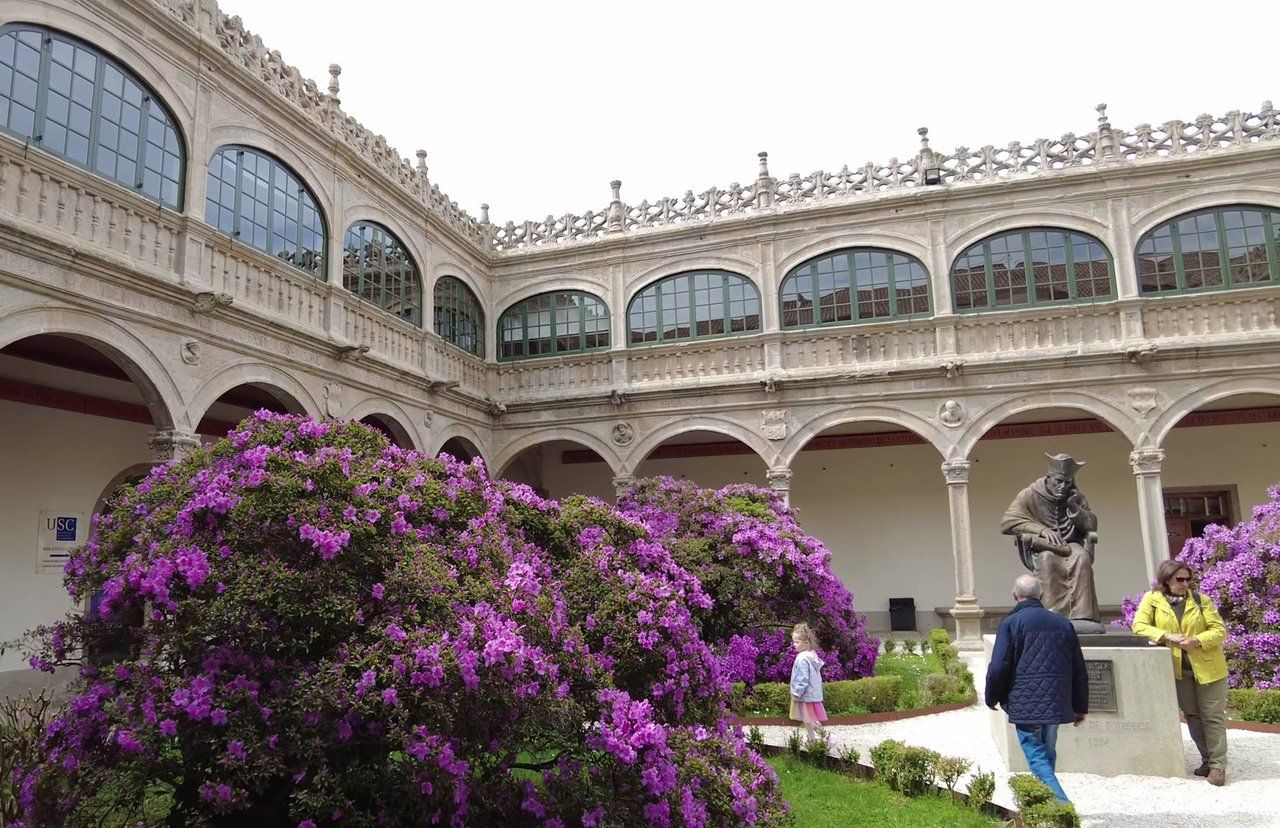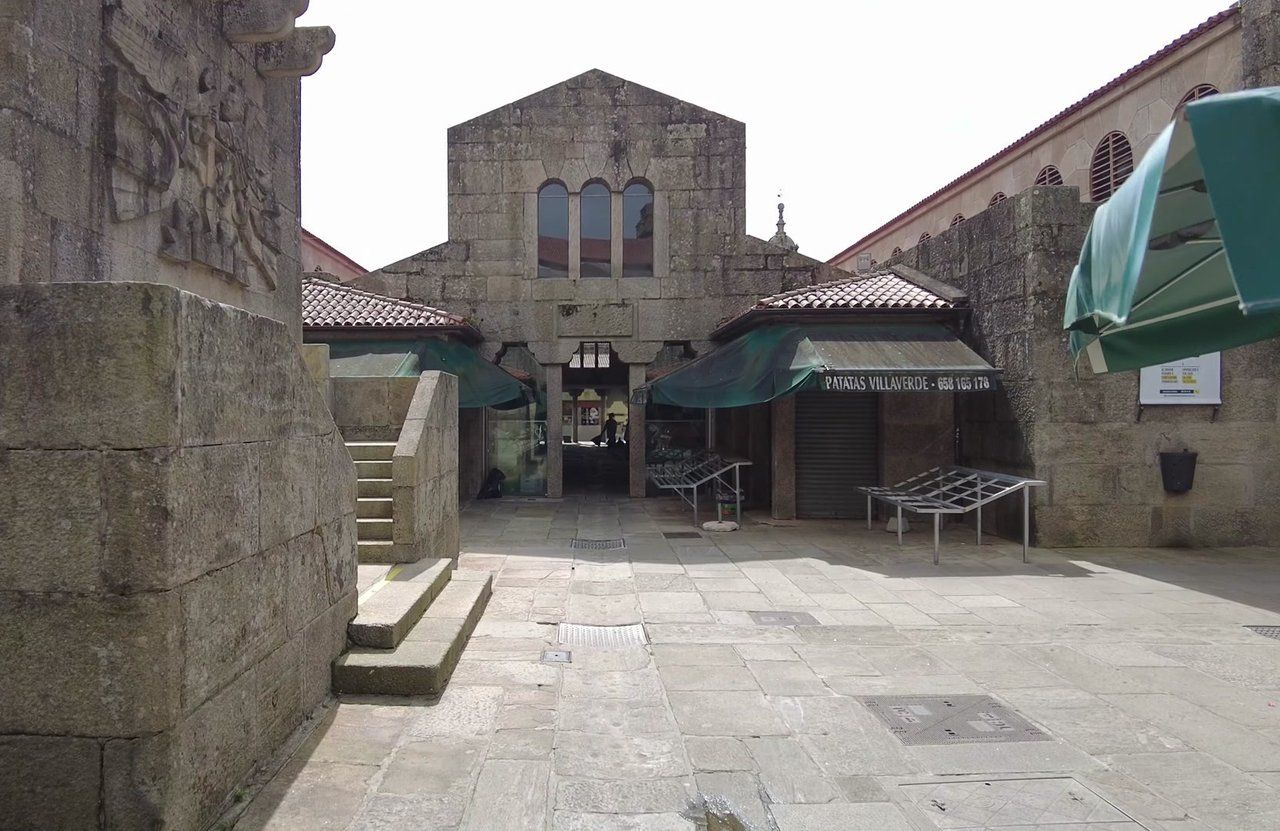Hello friends, I visited Santiago de Compostela, a place where everyone tries to come from different locations. The longest and most well-known route, which is considered the starting point, begins in France and passes through northern Spain. Another route comes from Portugal. There's also the English route, which starts from La Coruña. In my last post I shared the journey I took in La Coruña. By the way even though La Coruña is larger than Santiago de Compostela, it is not the capital of Galicia. The capital of Galicia is Santiago de Compostela.
Saint James is highly revered here. Saint James was one of the apostles who had direct interaction with Jesus. After Jesus was crucified James became the first bishop of Jerusalem and tried to spread the Christian faith, which of course provoked some people. One day his enemies took him to the roof of the Temple of Jerusalem and asked him to renounce his Christian faith. James refused and his enemies pushed him off, causing him to fall and get injured, but he did not die immediately. Before dying, while they were stoning him to death, he prayed for his enemies. After his death his disciples placed his body in a boat and sent it across the Mediterranean. The boat traveled along the Mediterranean, exited the Strait of Gibraltar, entered the Atlantic Ocean, drifted with the current and eventually reached these lands. A farmer found him in a small village by the riverbank. How this boat moved against the current, no one knows.
Saint James was found, moved to a hill and hidden there. In the 9th century a monk discovered his remains, which were said to be intact, right here. He then reported this to King Alfonso III. The king ordered a church to be built at the site where Saint James' tomb was found and they named the place "Campus Stellae" meaning "The Field of Stars." This is where the city's name Santiago de Compostela comes from, meaning Saint James under the starry sky.
We arrived at Obradoiro Square and here we saw not just a church but the massive and magnificent cathedral of Saint James. Of course, we should also pay attention to some other buildings in this square. For example, the hotel building here is the oldest hotel in Spain. There was a hospital there and as we know hospitals were originally places of refuge for pilgrims and travelers. By the way Saint James is known as the protector of all travelers and pilgrims. He is also considered the protector of all of Spain. When the miracle happened the Spaniards chose him as their patron.
Santiago Cathedral is surrounded by squares on all sides. In the Quintana Square the higher part is called "Quintana de los Vivos" meaning "Square of the Living" while the lower part is called "Quintana de los Muertos" meaning "Square of the Dead." But here instead of the dead, you’ll find cafes and souvenir shops. There's also Platerías Square, where goldsmiths used to craft gold and silver jewelry. The only remaining façade in this square is in the Romanesque style, making it one of the oldest façades.
Perhaps it’s because this is a sacred place, but it leaves an impressive impact. I also enjoyed the modern elements integrated into the historic architecture, such as the modern art lighting and the absolutely magnificent pair of organs. The wood and stone carvings are incredible as well. In addition to the main altar there are several chapels, each decorated differently. One in particular with an entirely wood-carved altar, deeply impressed me. And there are graves of some very important and famous people, likely counts and princesses, located around the cathedral. In this courtyard you’ll also find many graves, tombs and the resting places of canons. The cathedral is captivating. Of course, the relics of Saint James, the main focus for the faithful who come here, are located beneath the main altar.
I managed to enter the museum section, where there were many religious art pieces. Since we’ve visited many religious art museums recently, this was a familiar experience for us. Santiago de Compostela has many monasteries and you can see them while walking around the city center. The museum offers a fascinating collection, especially rich in religious art.
Santiago de Compostela is a city that offers much in terms of tourism. Particularly noteworthy is the Galicia City of Culture project, which has an interesting architectural design and stands out despite being a modern structure. It was designed by American architect Peter Eisenman and includes several buildings with different functions, such as a museum, courthouse, library, entrepreneurship center and local government building. These structures were built in a deconstructivist style, meaning the boundaries of the buildings are not clear. Roofs, walls and floors blend into one another. From here you can see a stunning view of Santiago de Compostela, including the cathedral. The museums inside host various exhibitions and visiting them offers a very interesting experience.
It’s fascinating to see how art and culture come together in this city. If you ever find yourself here, be sure to visit the Galicia City of Culture. The architectural and artistic experience offered to visitors is truly impressive.
Returning to the city center I recommend visiting the local markets for the right souvenirs, especially edible ones. These markets are notable not only for the local foods they offer but also for their interesting architecture. Santiago de Compostela is a city full of surprises to discover around every corner and spending time here was a wonderful experience for me.
